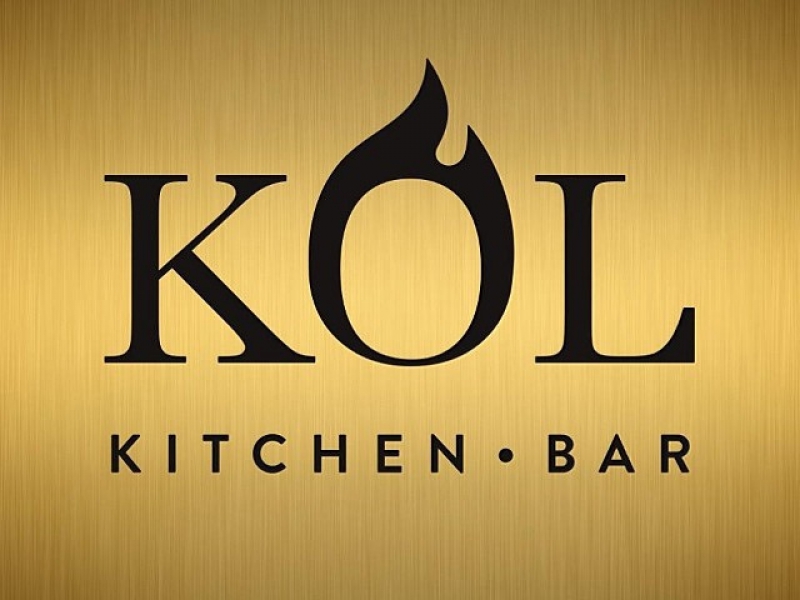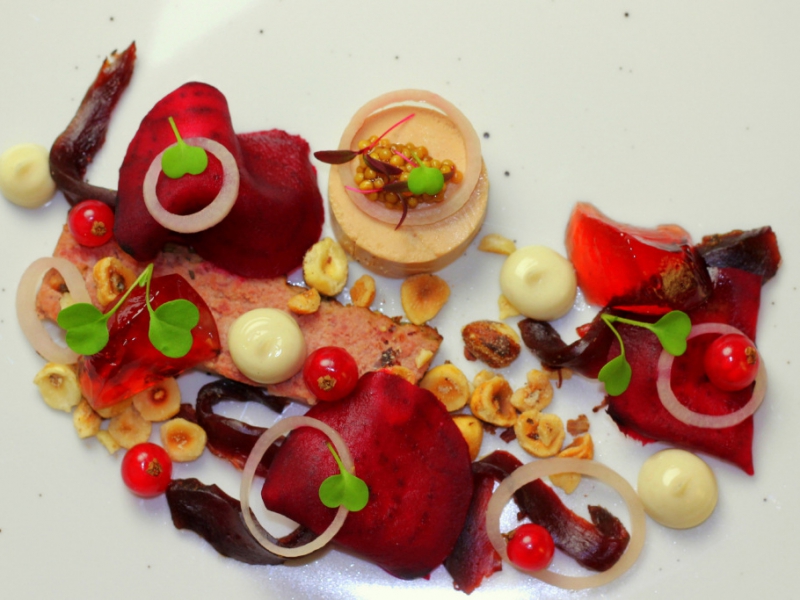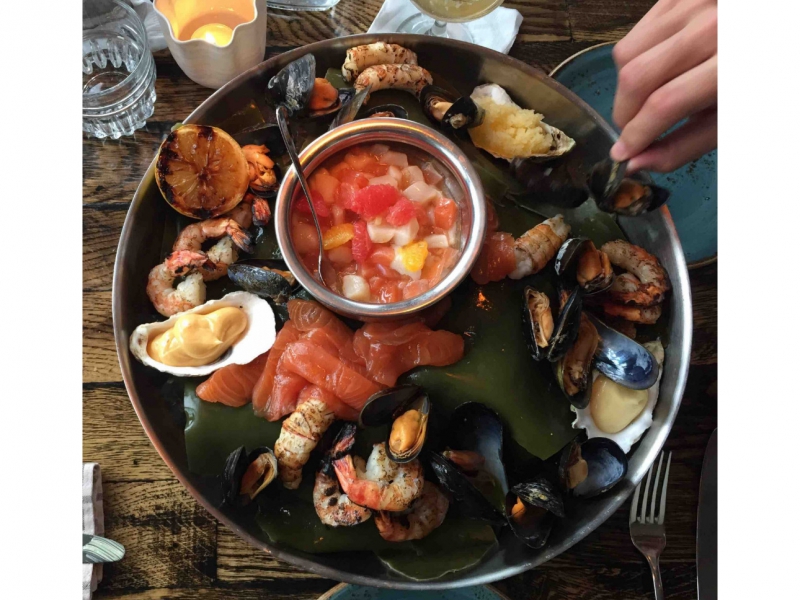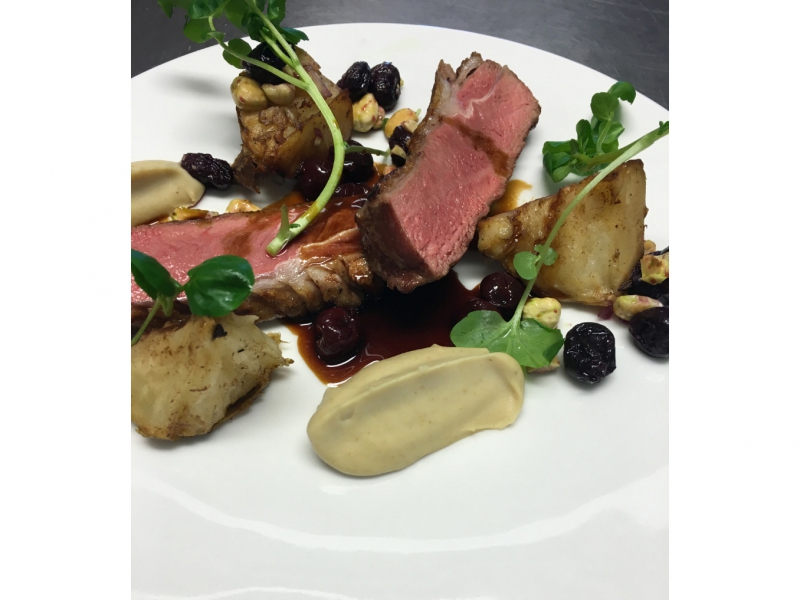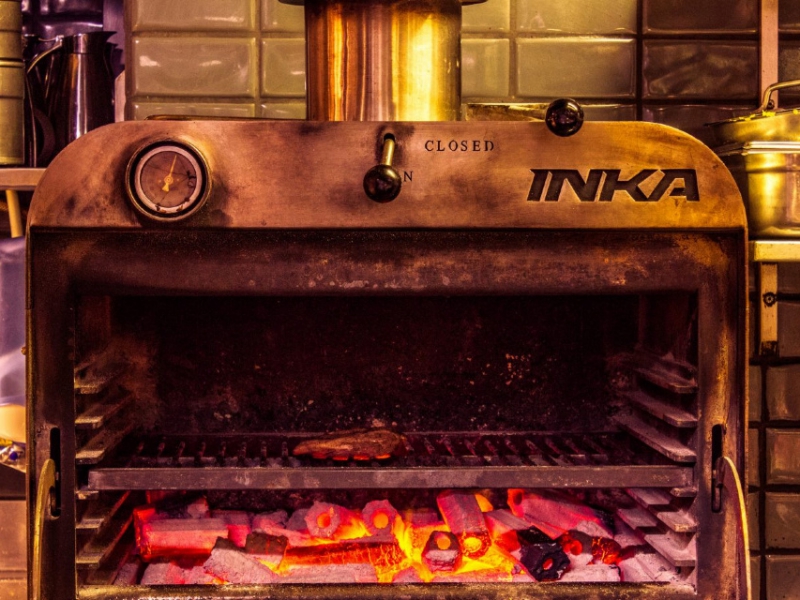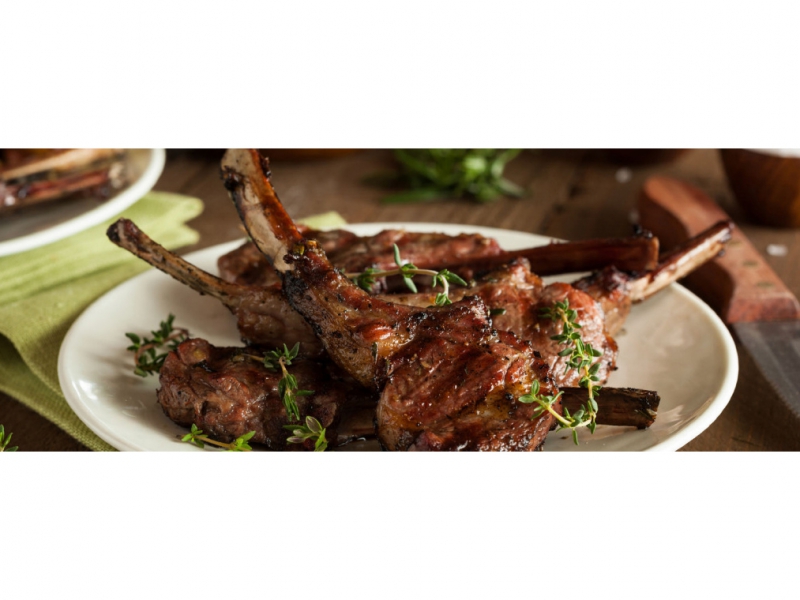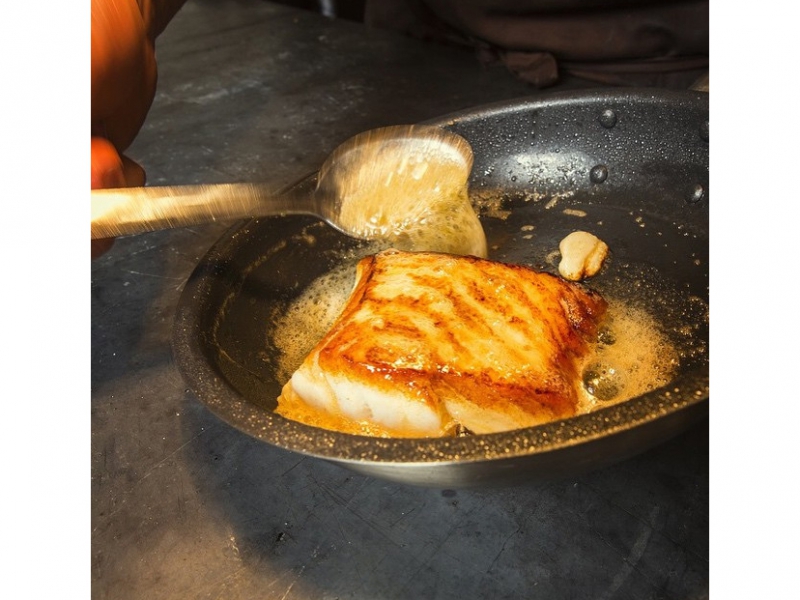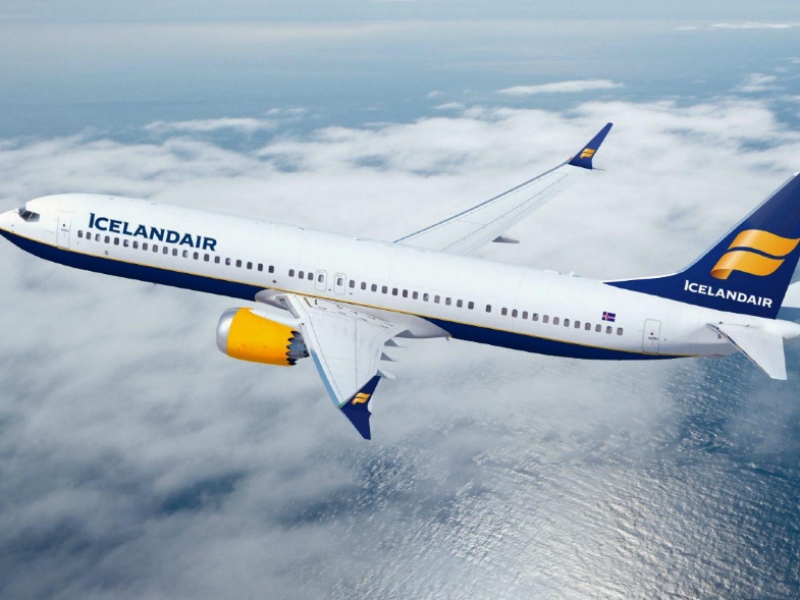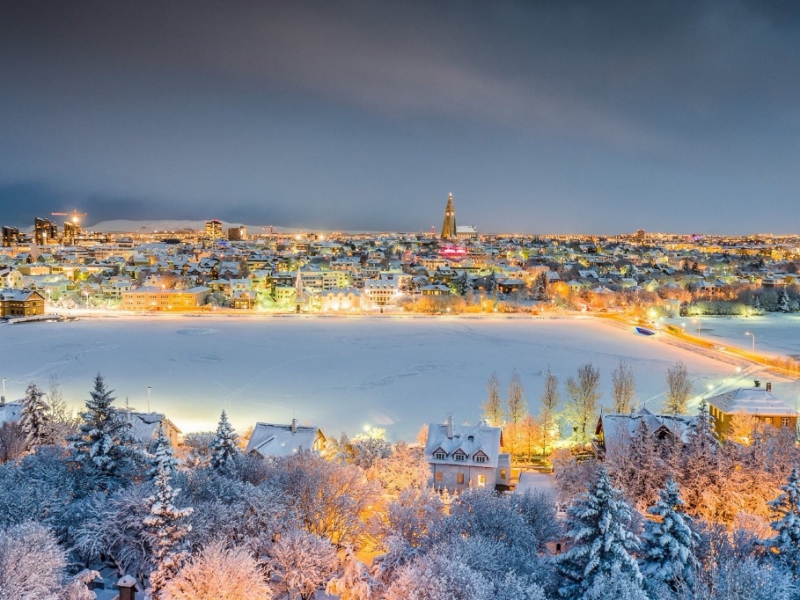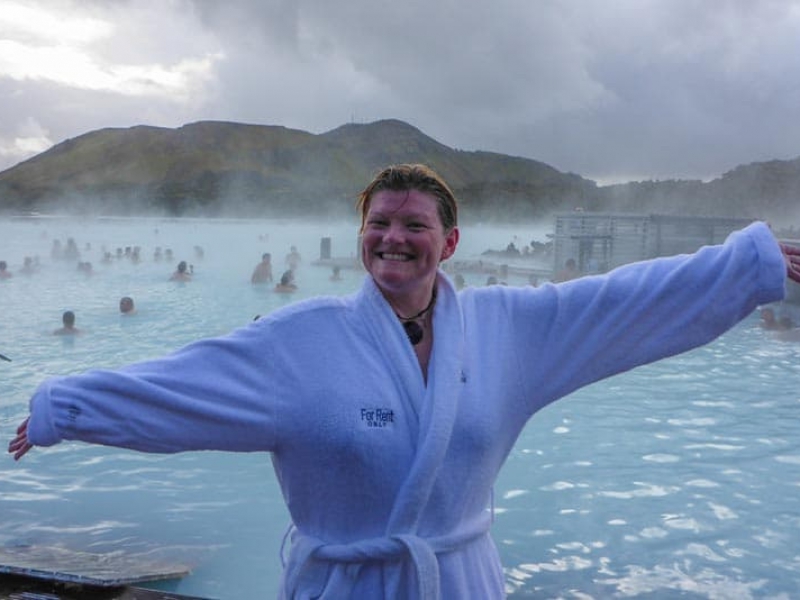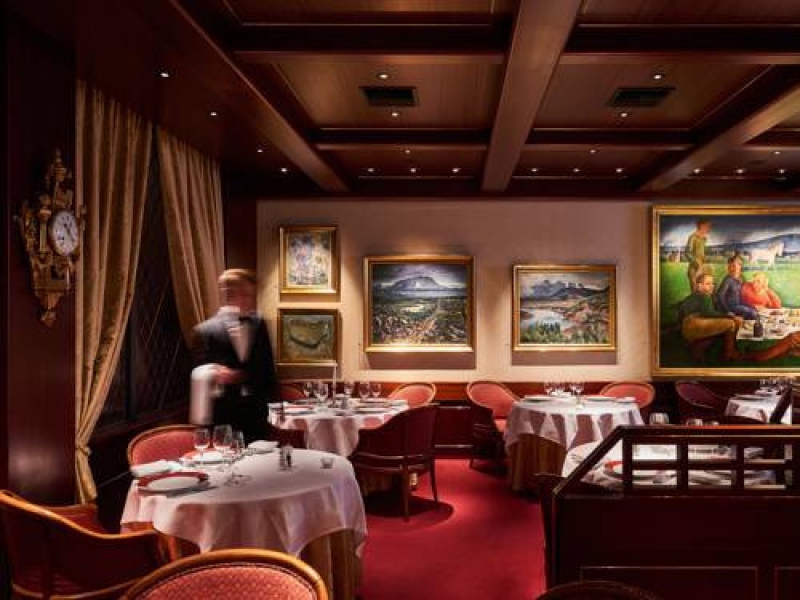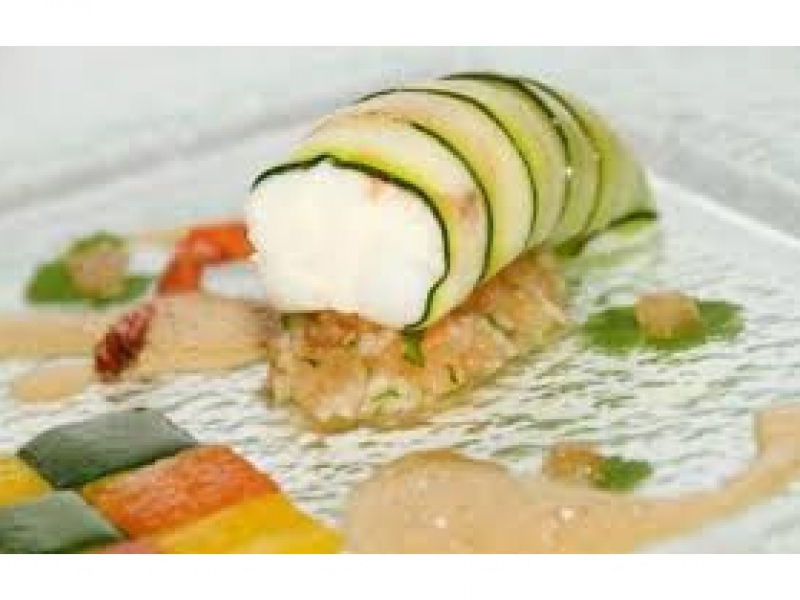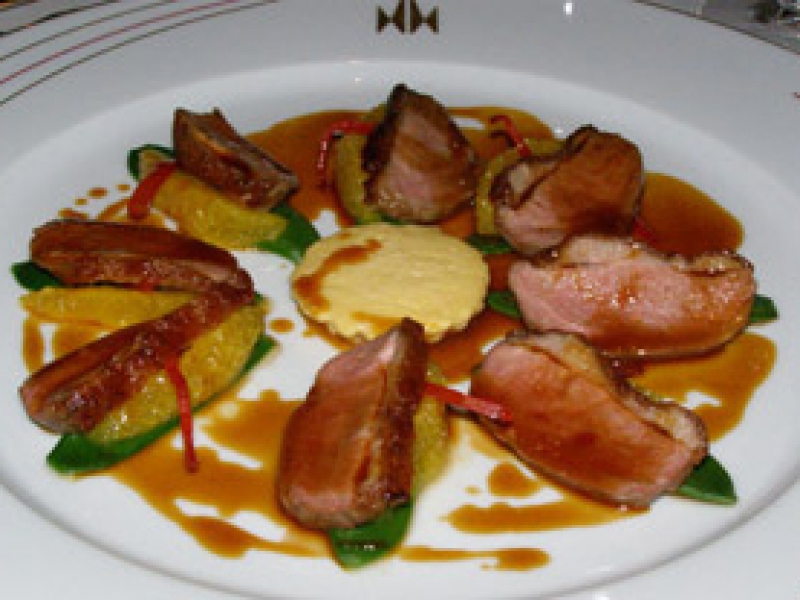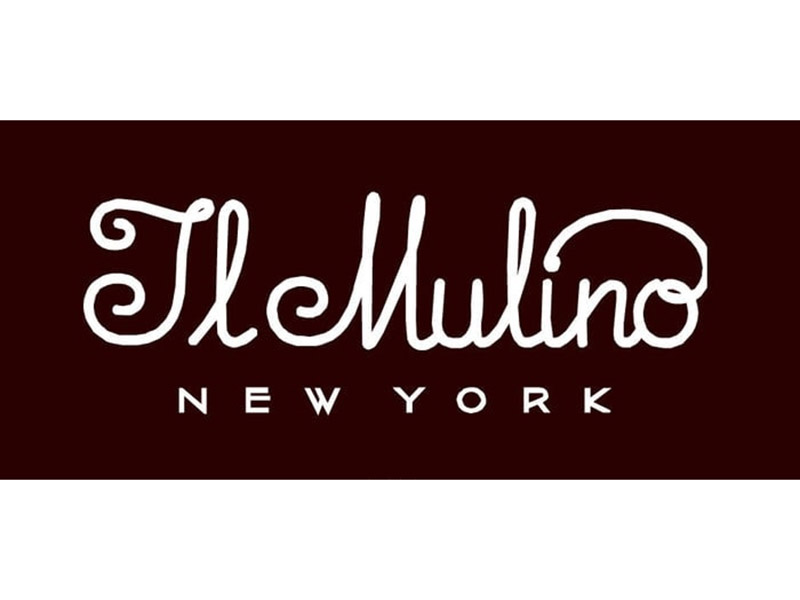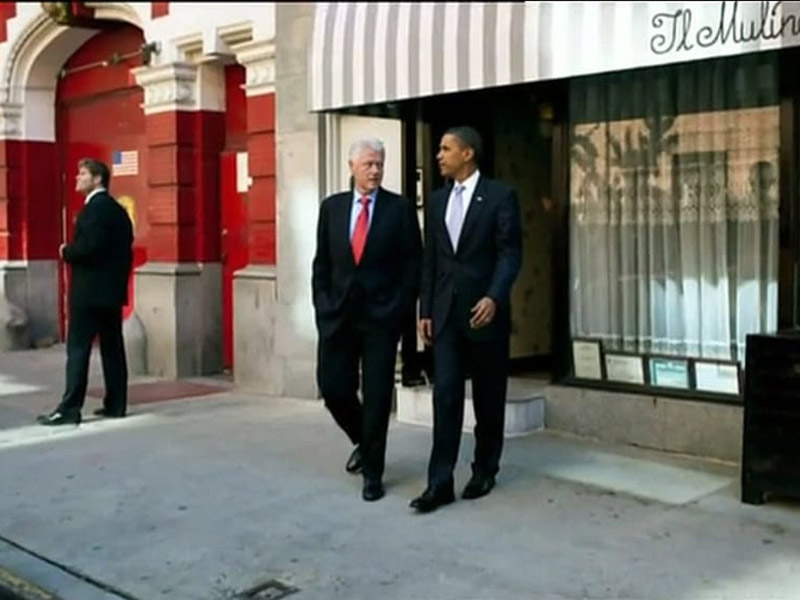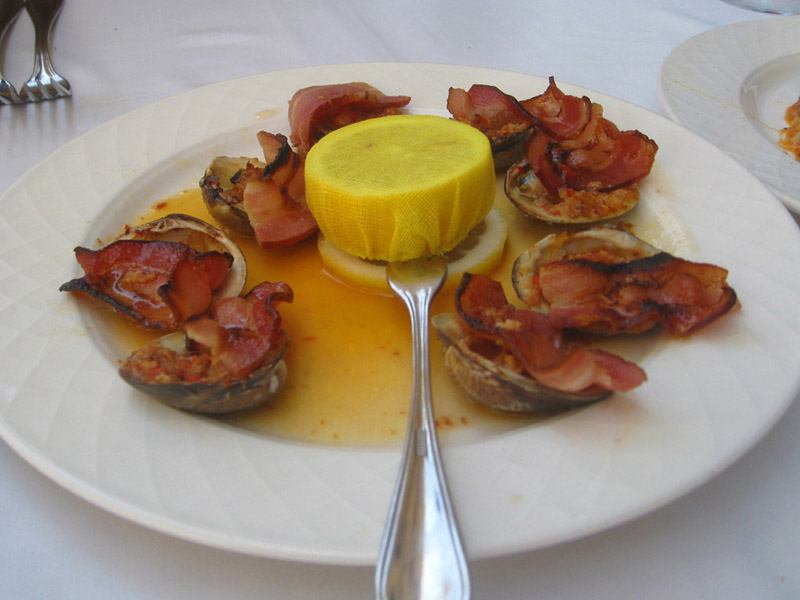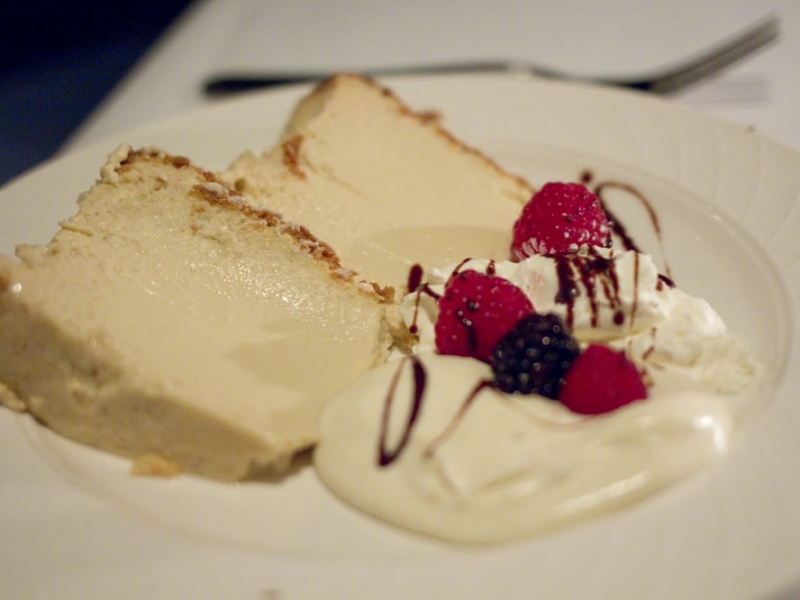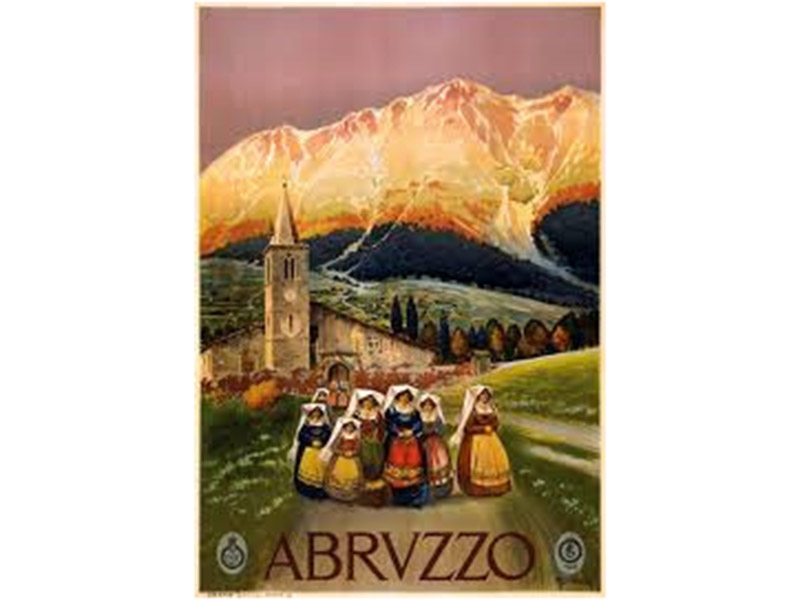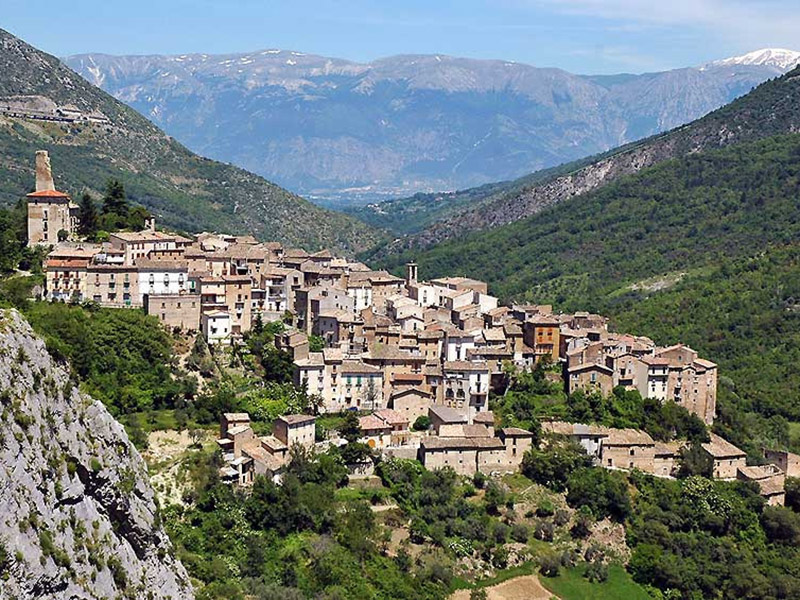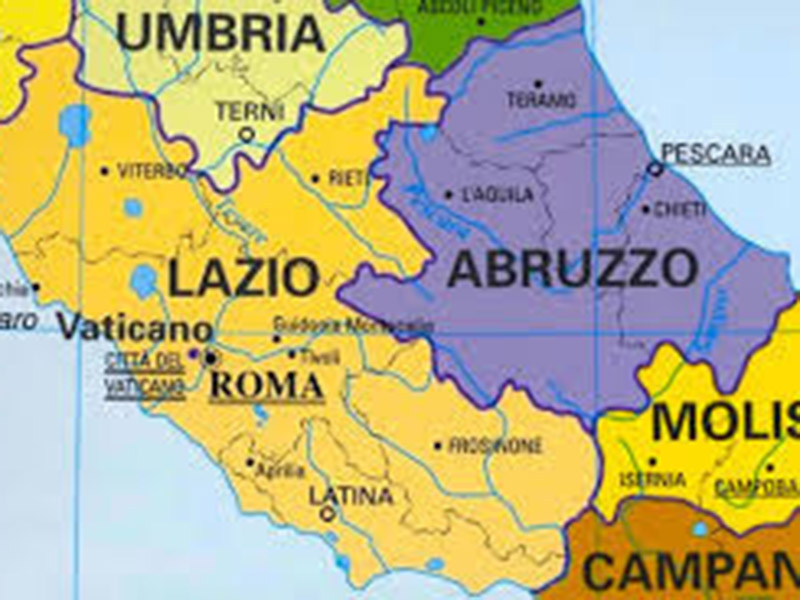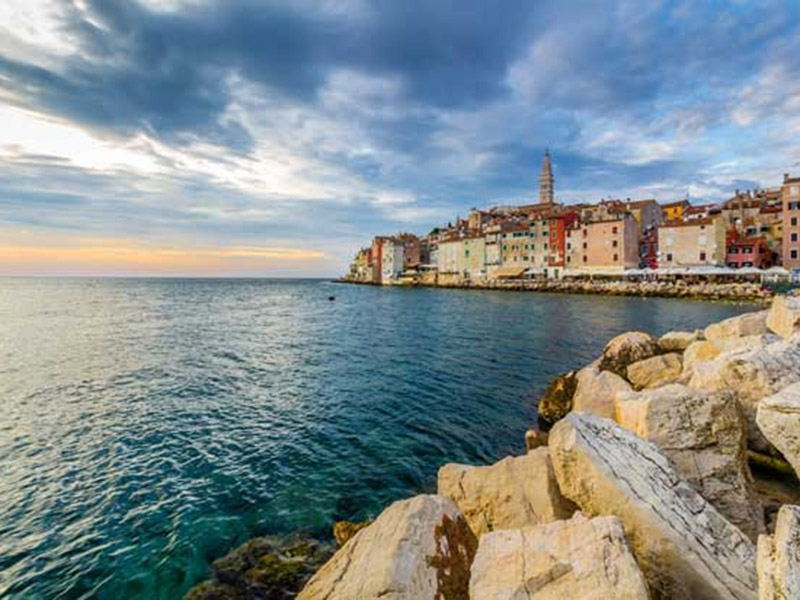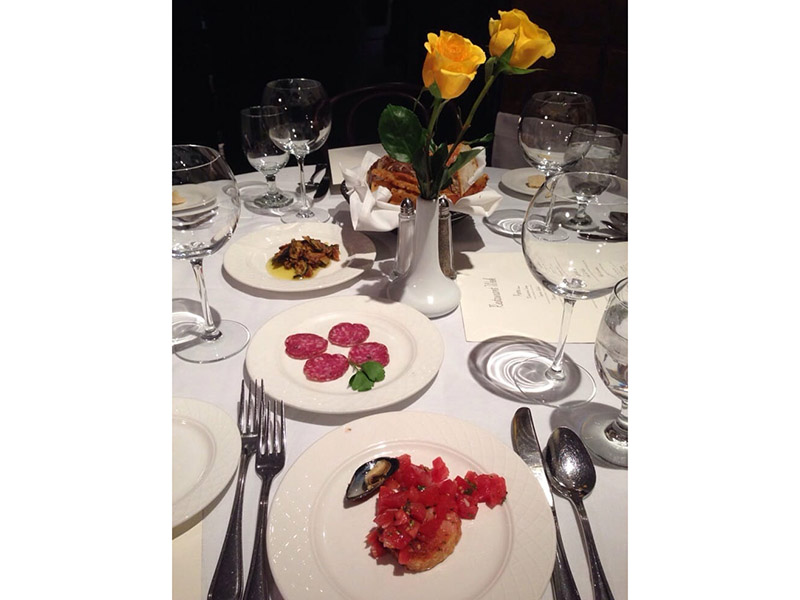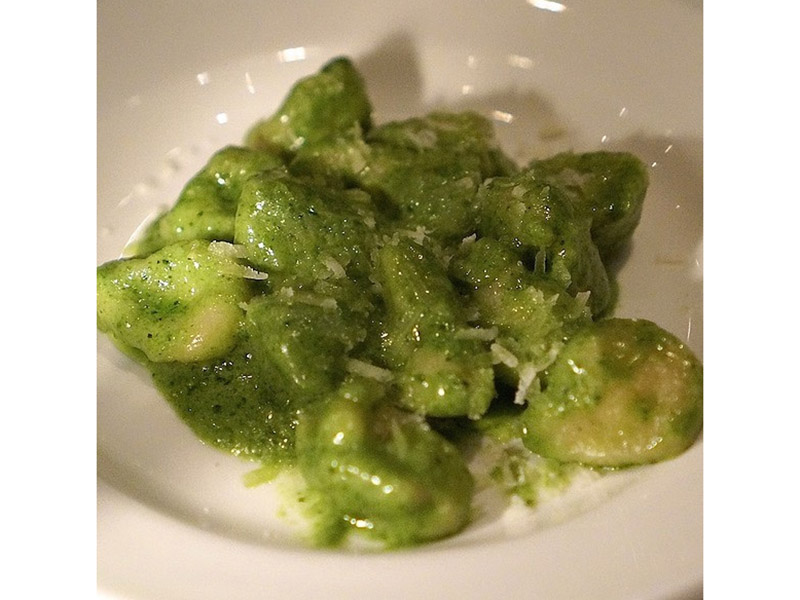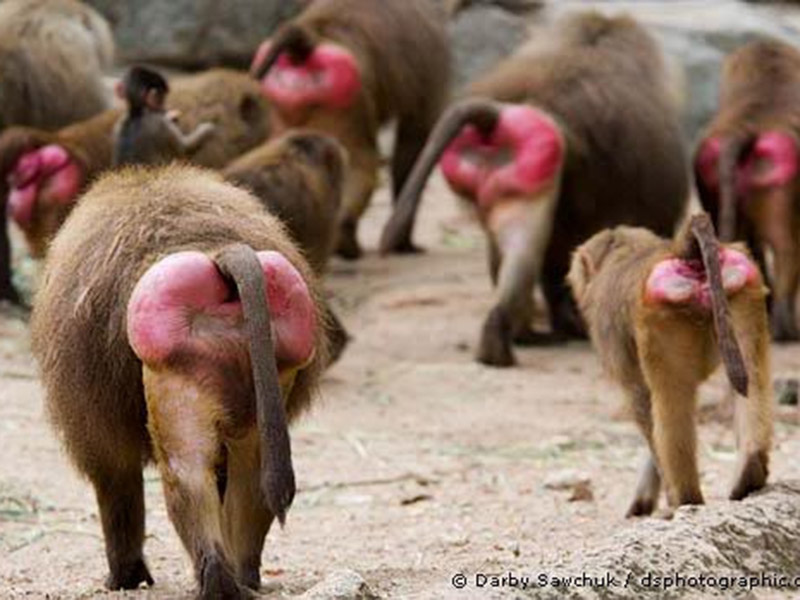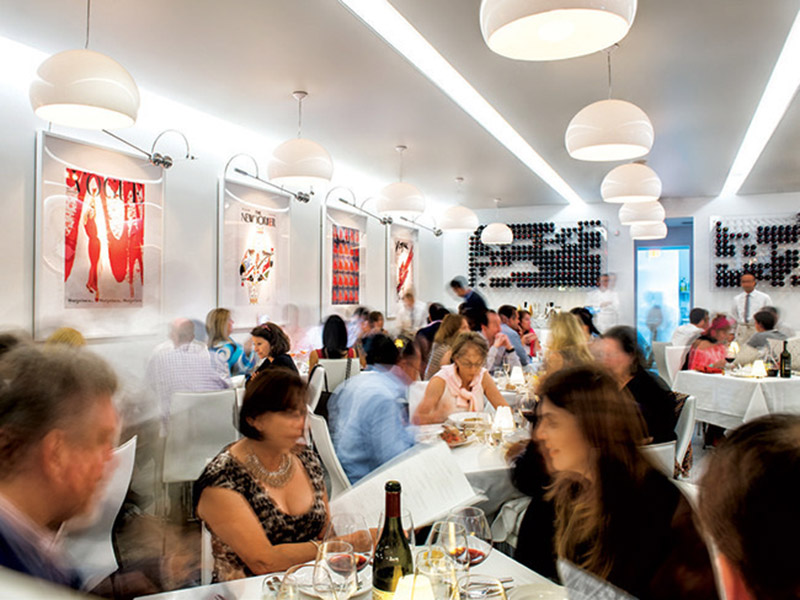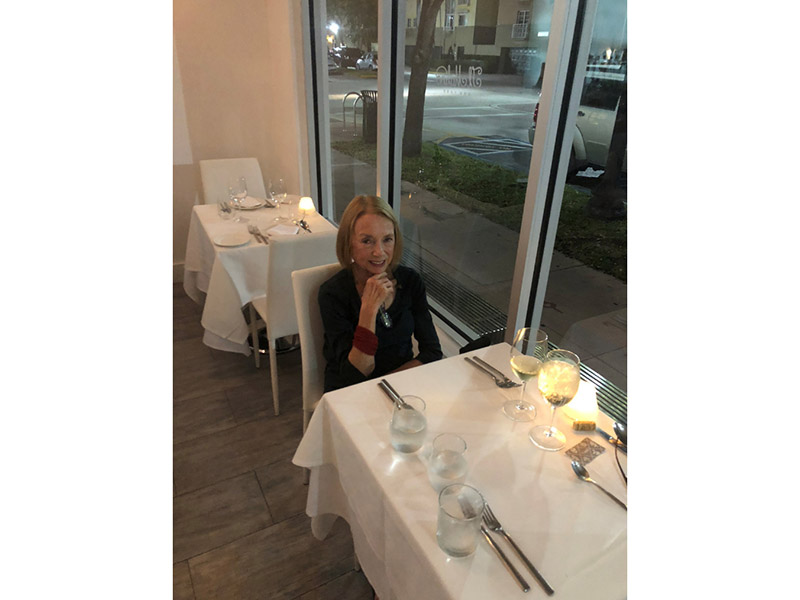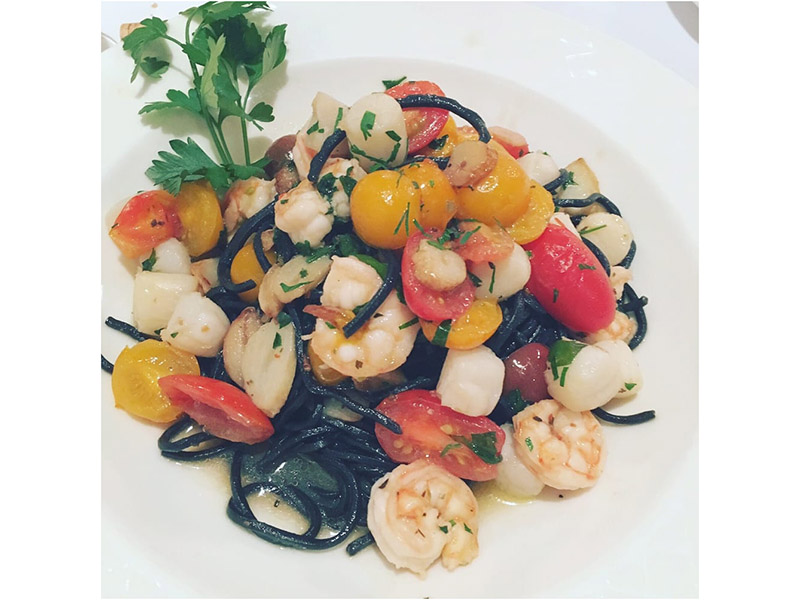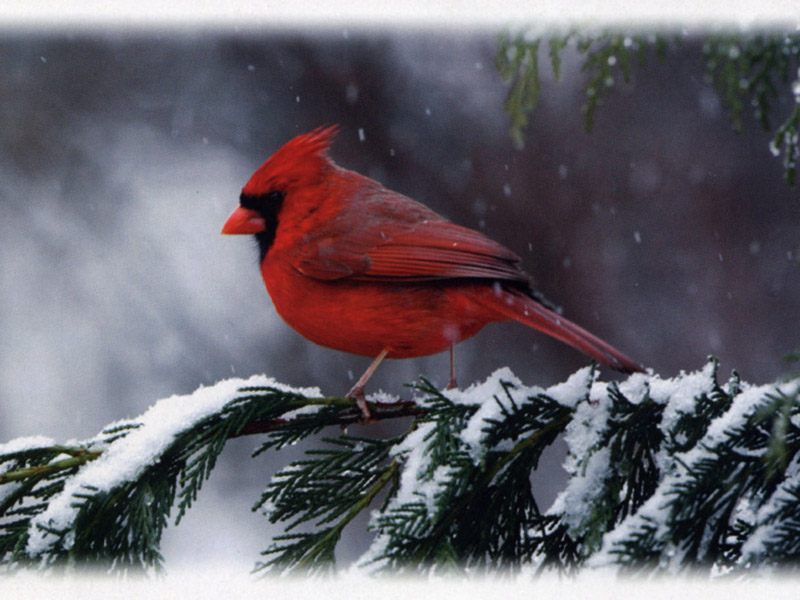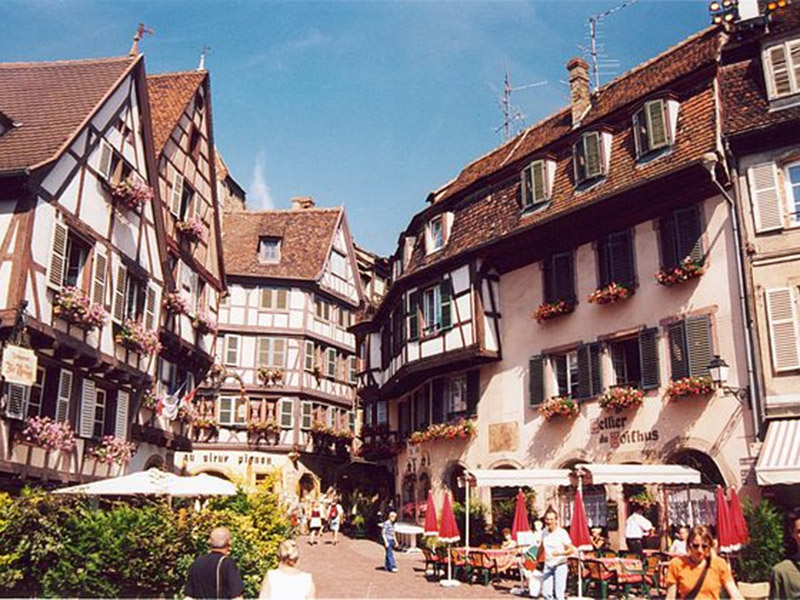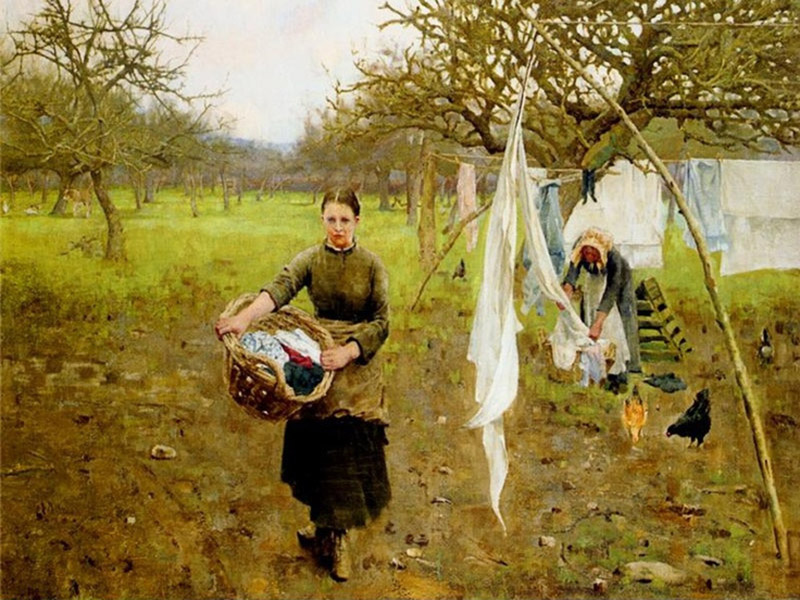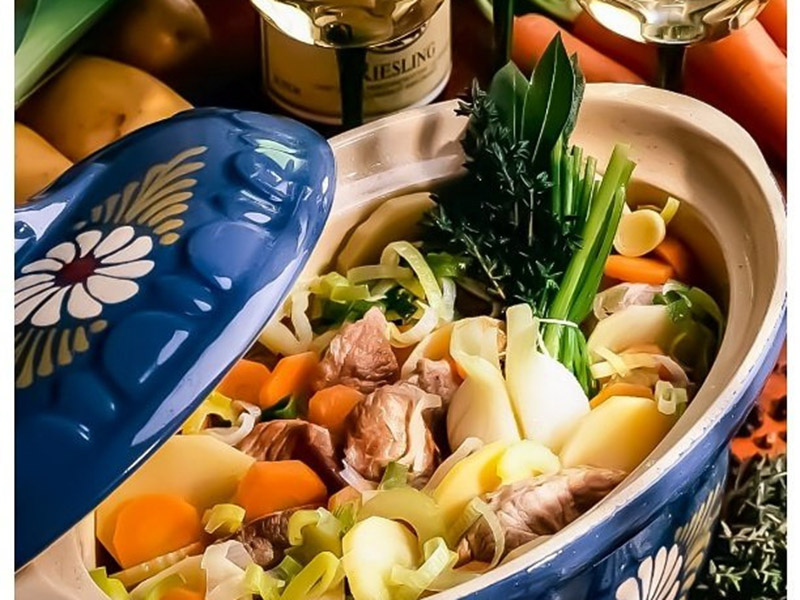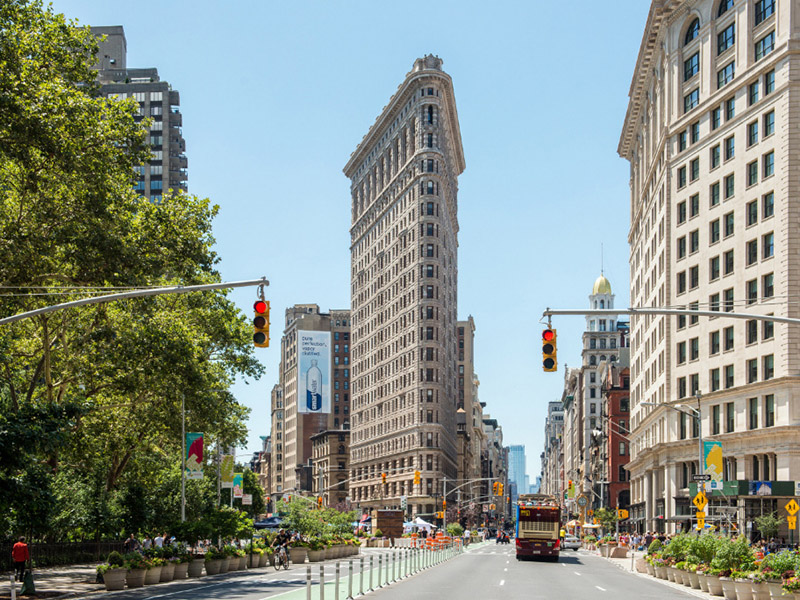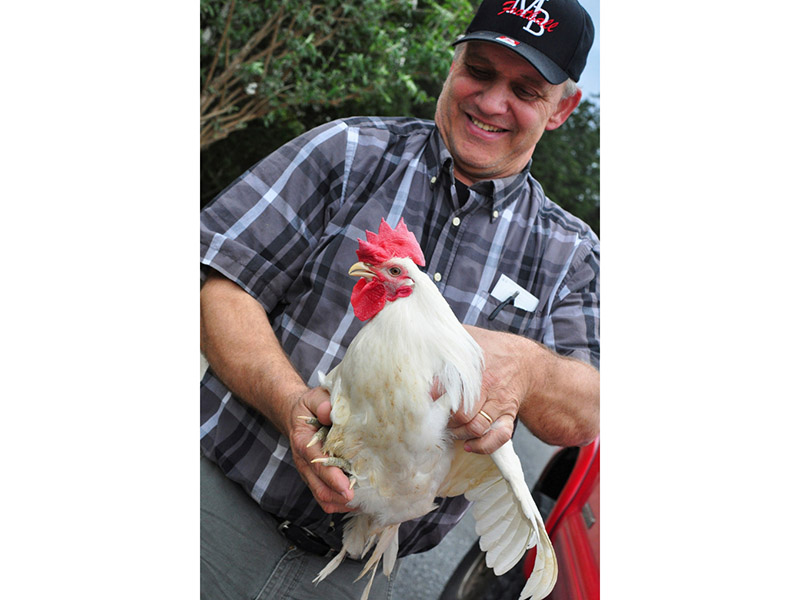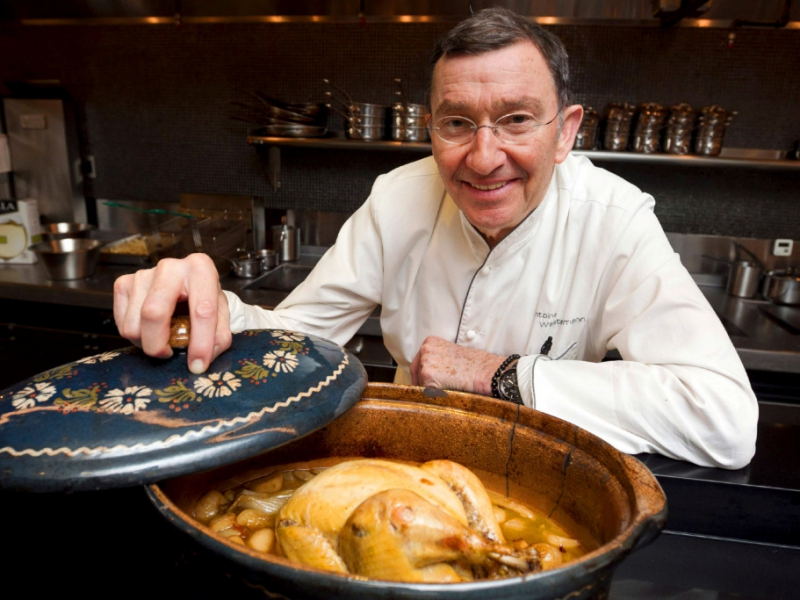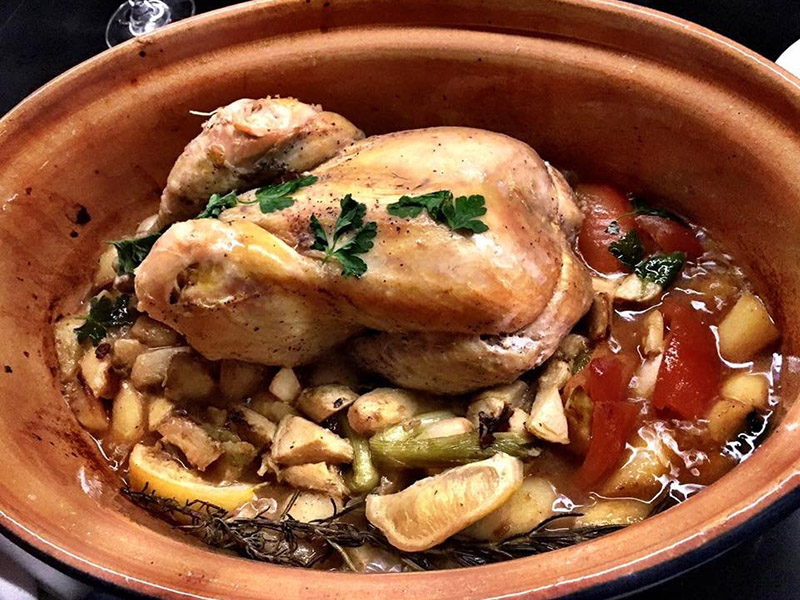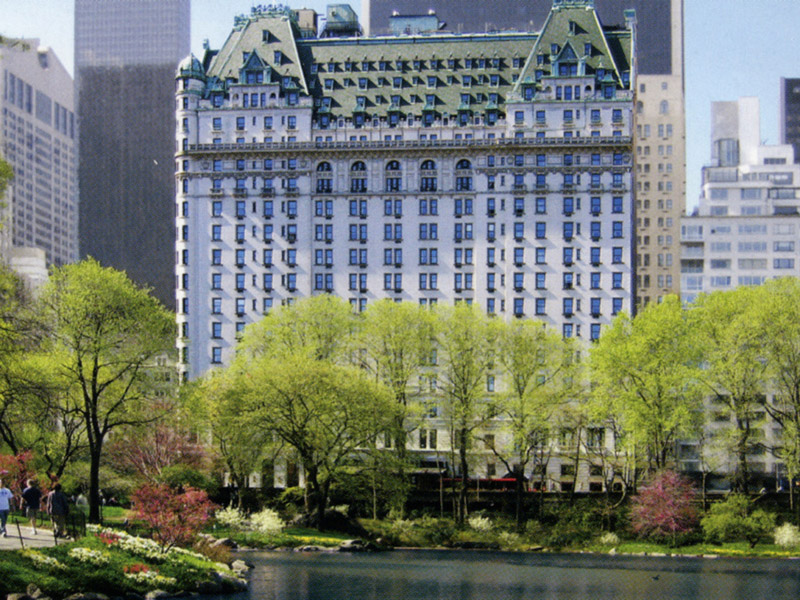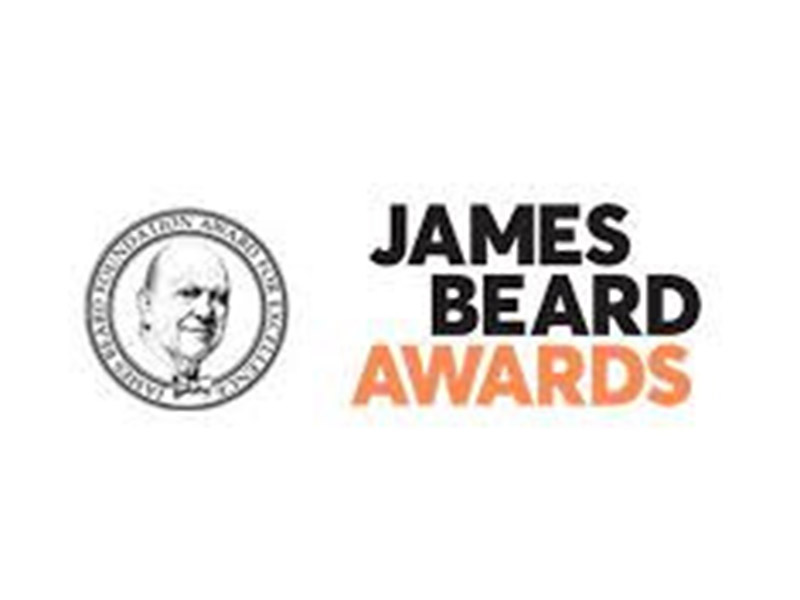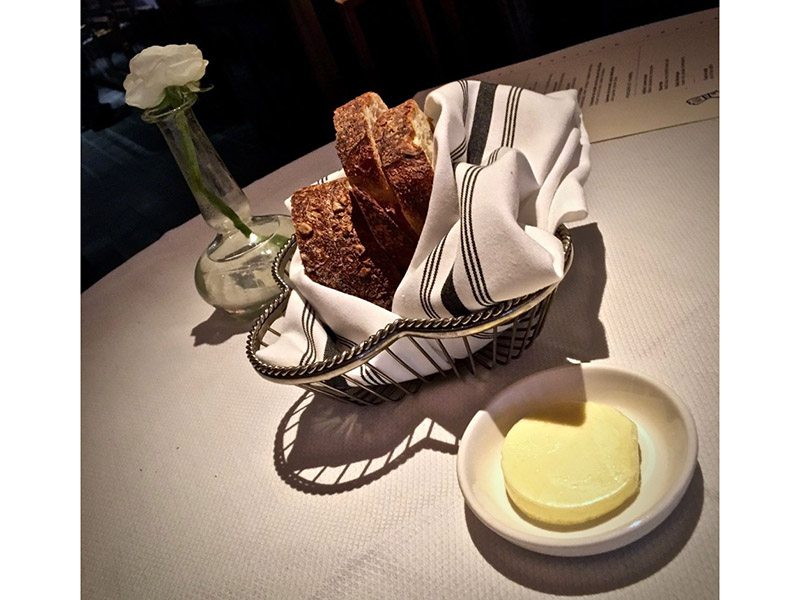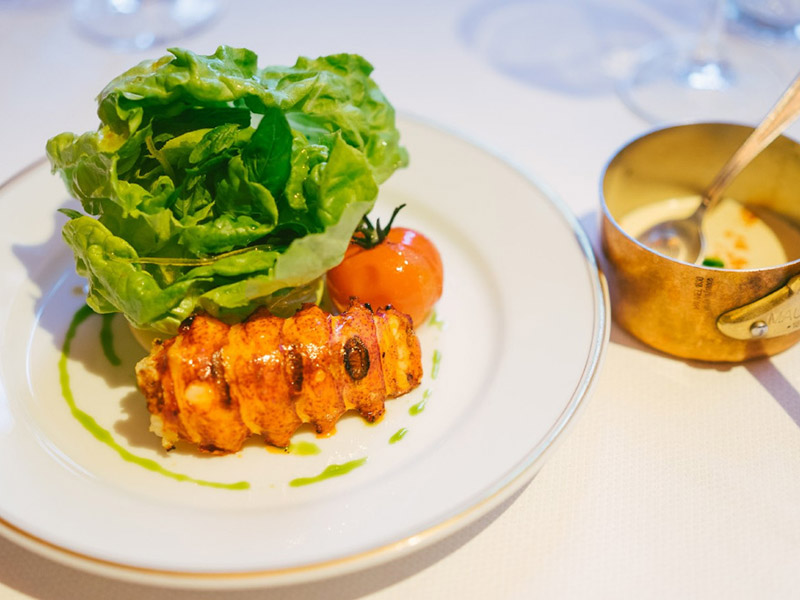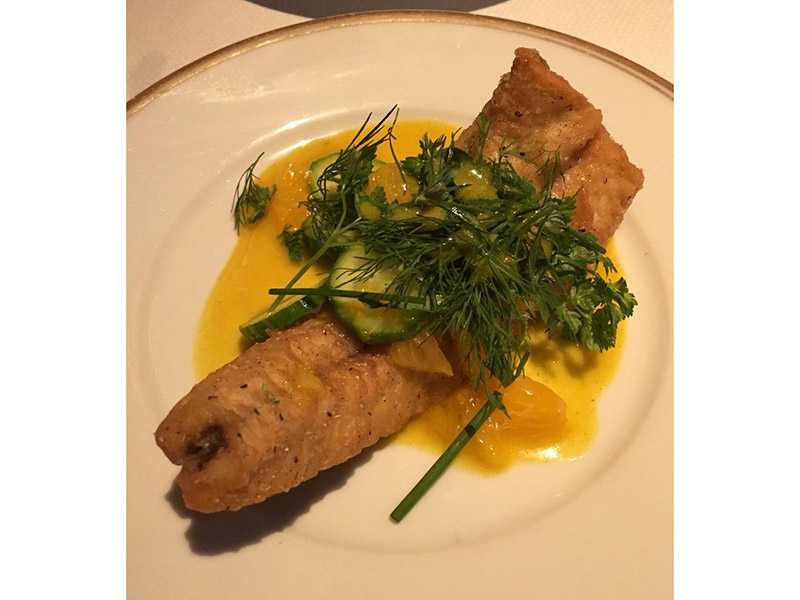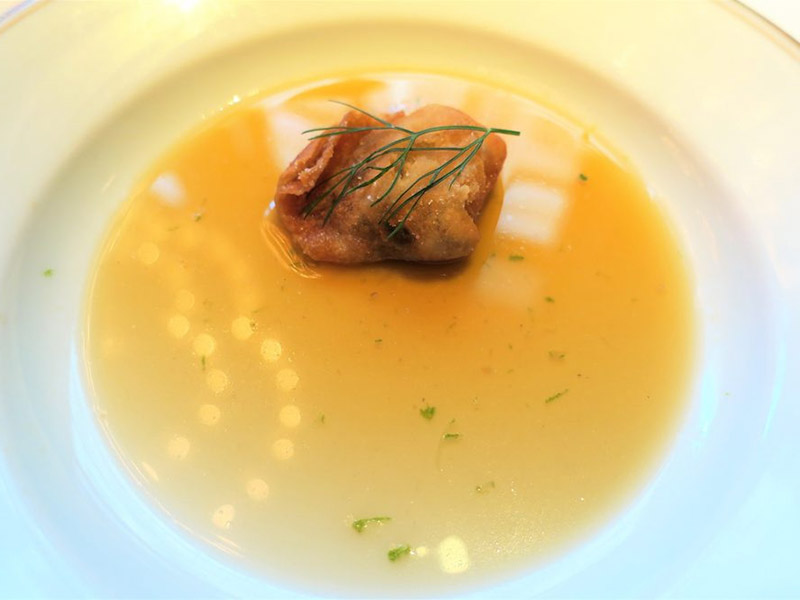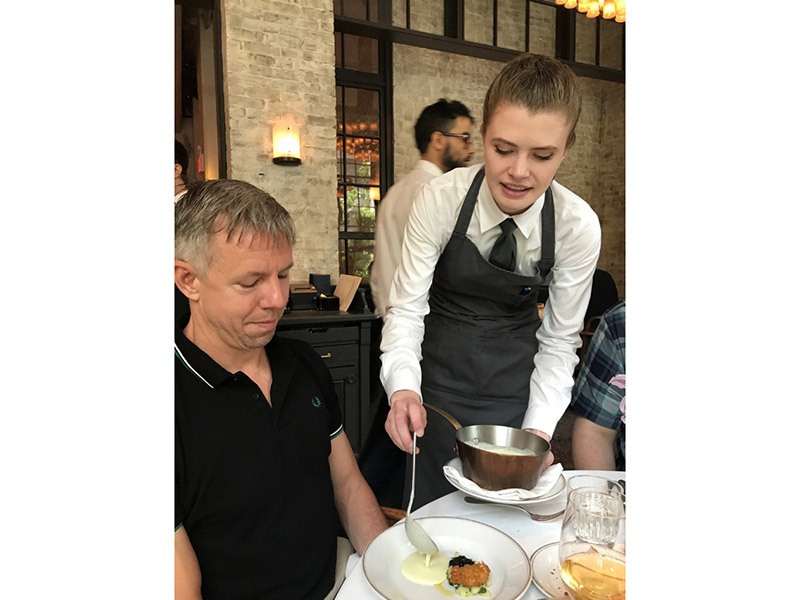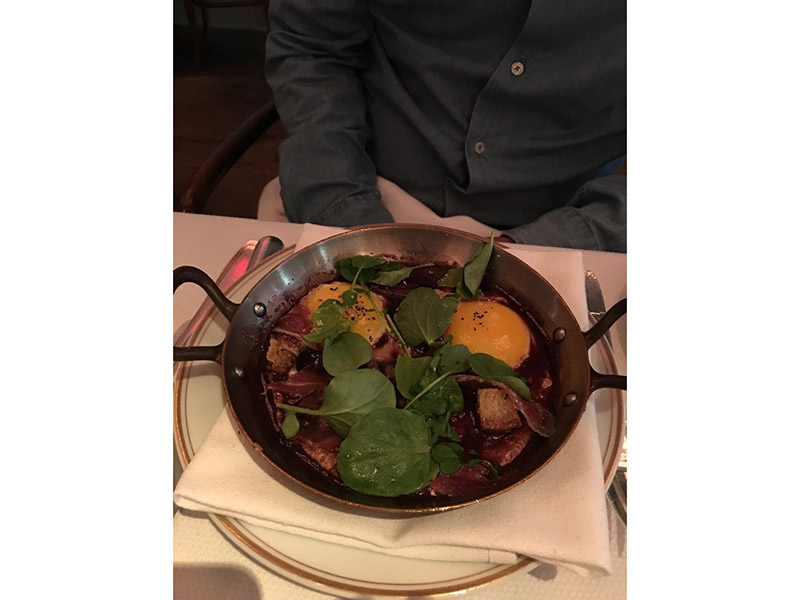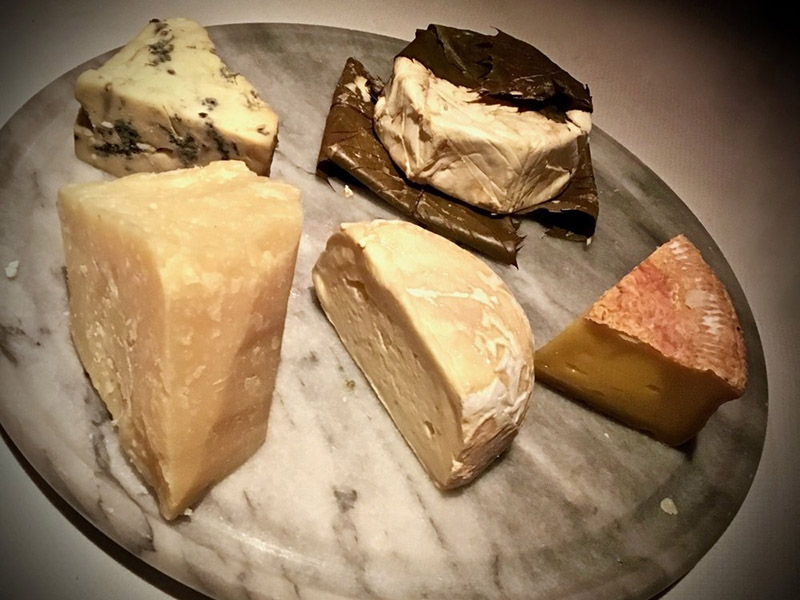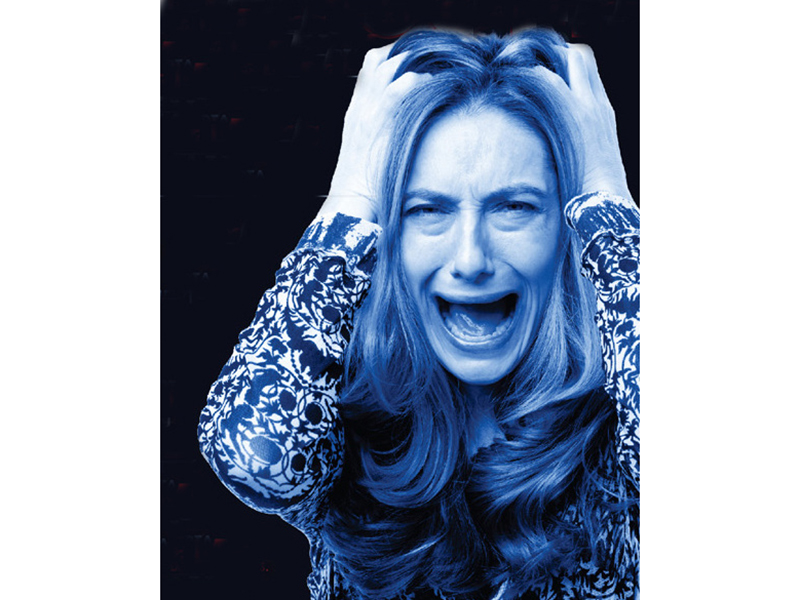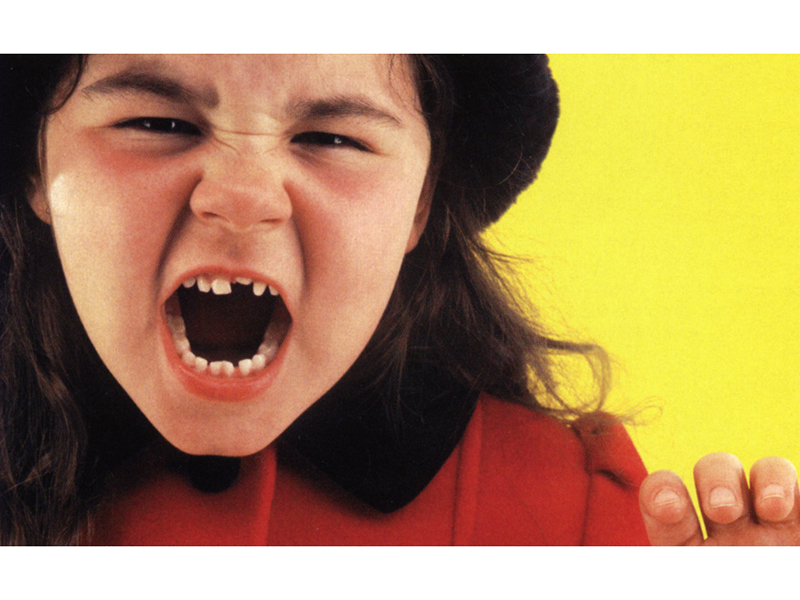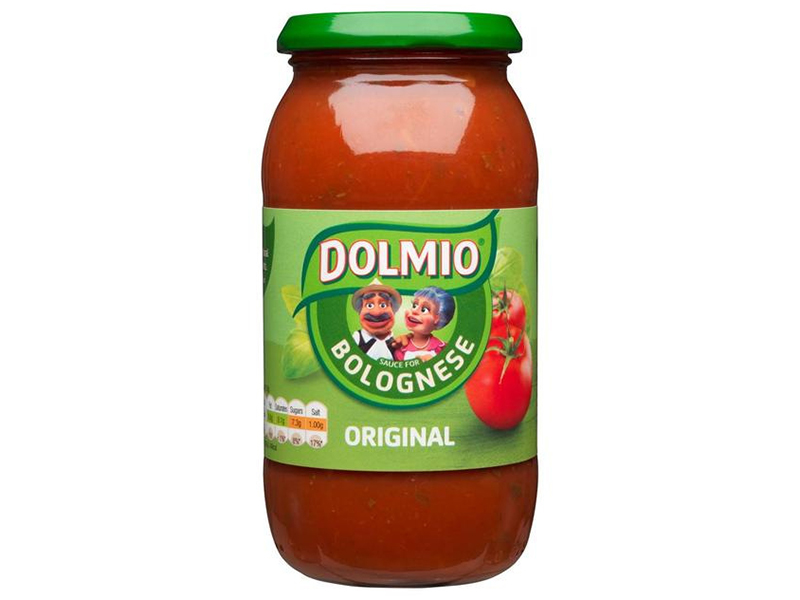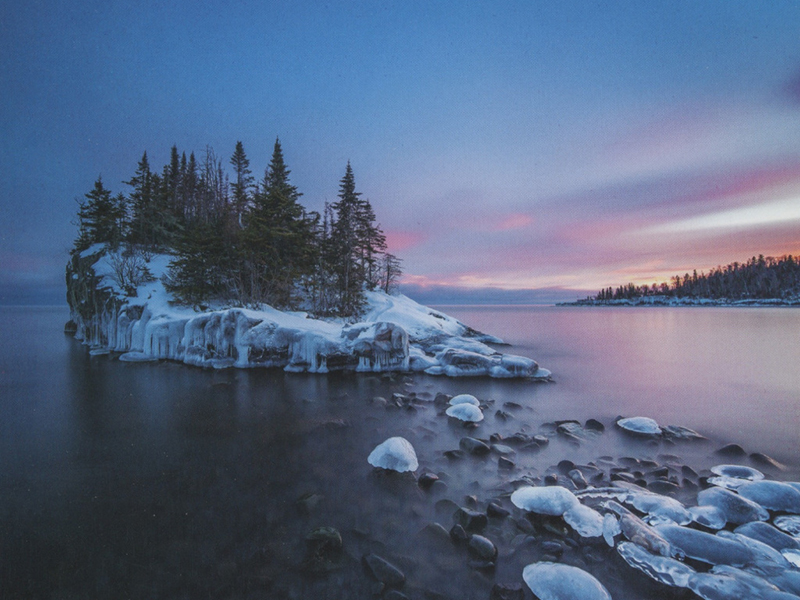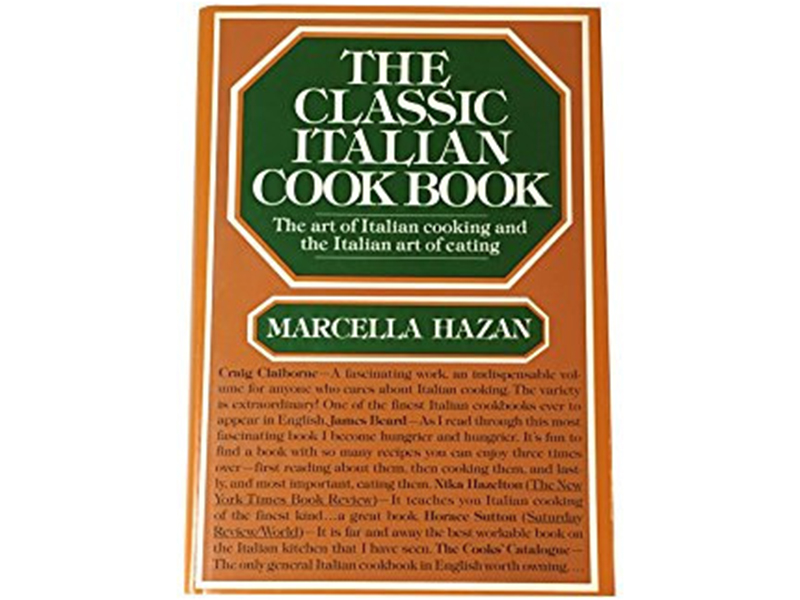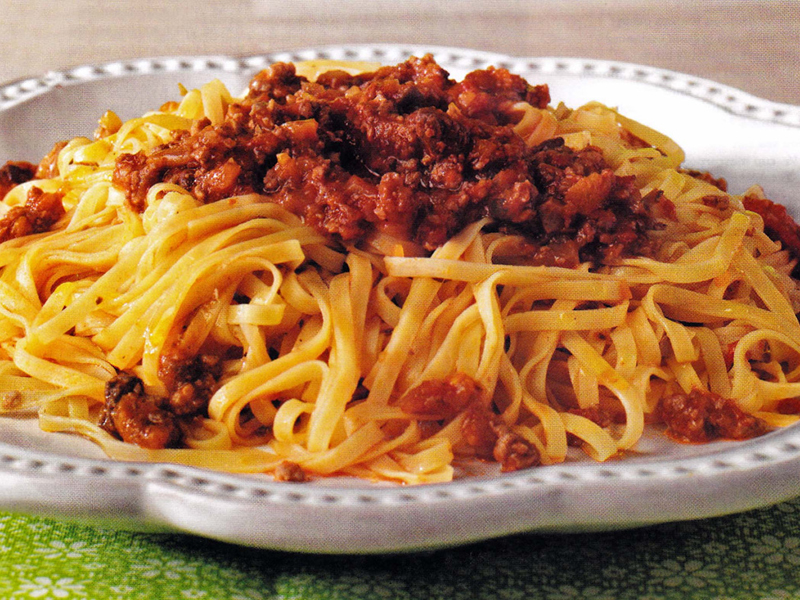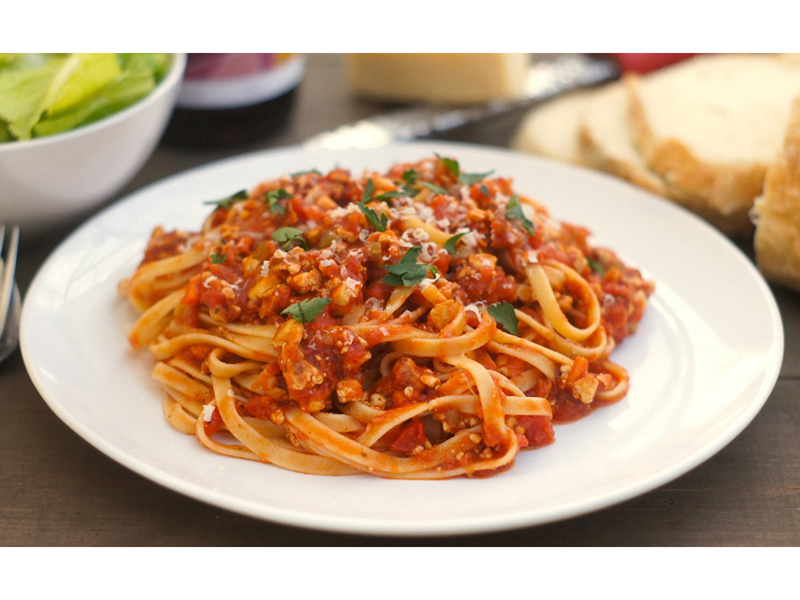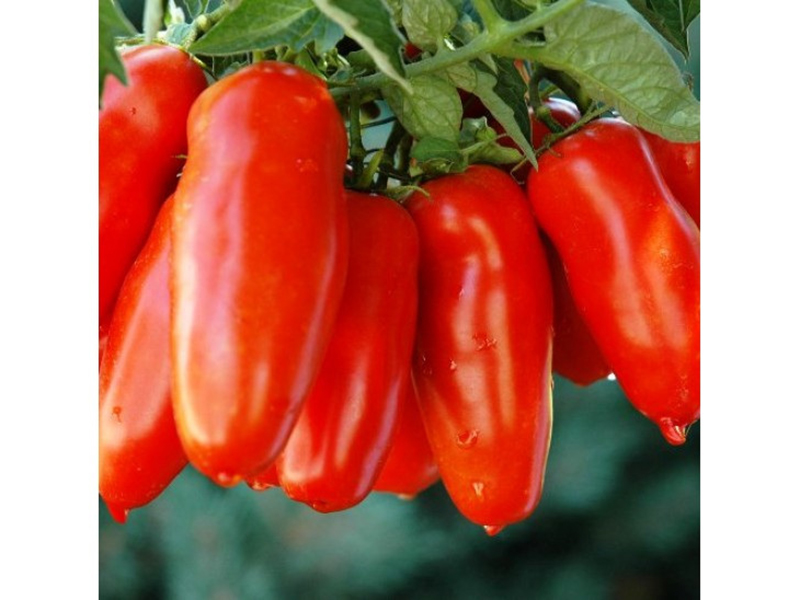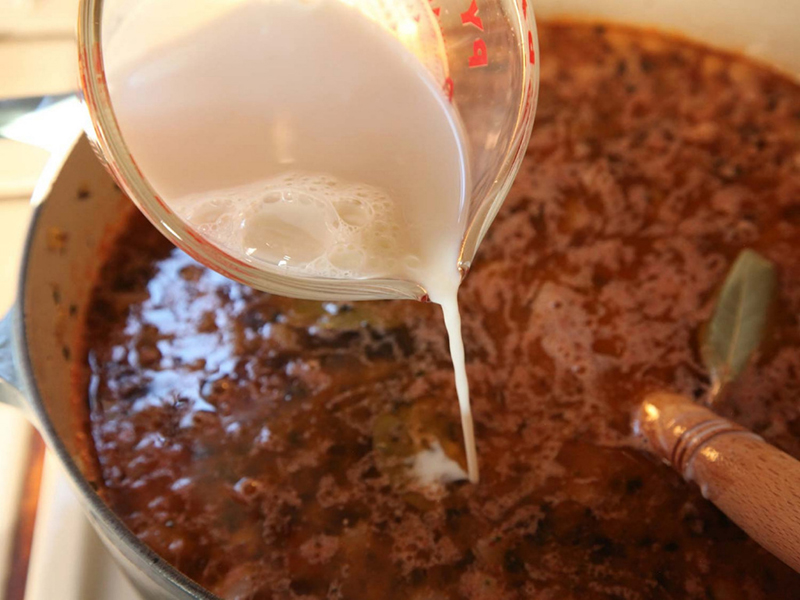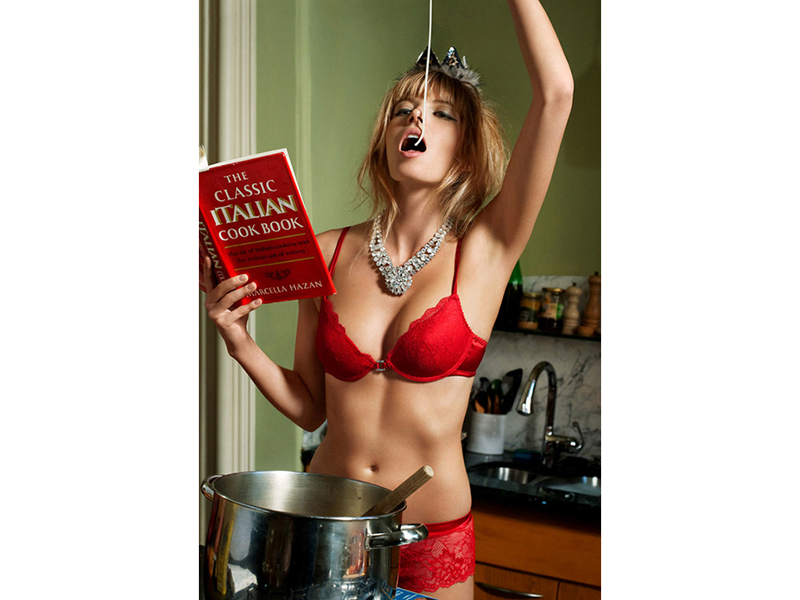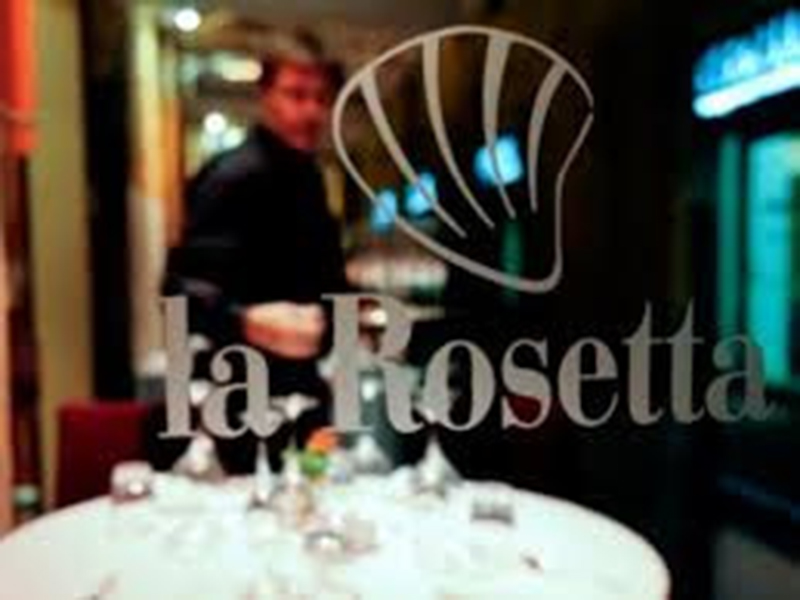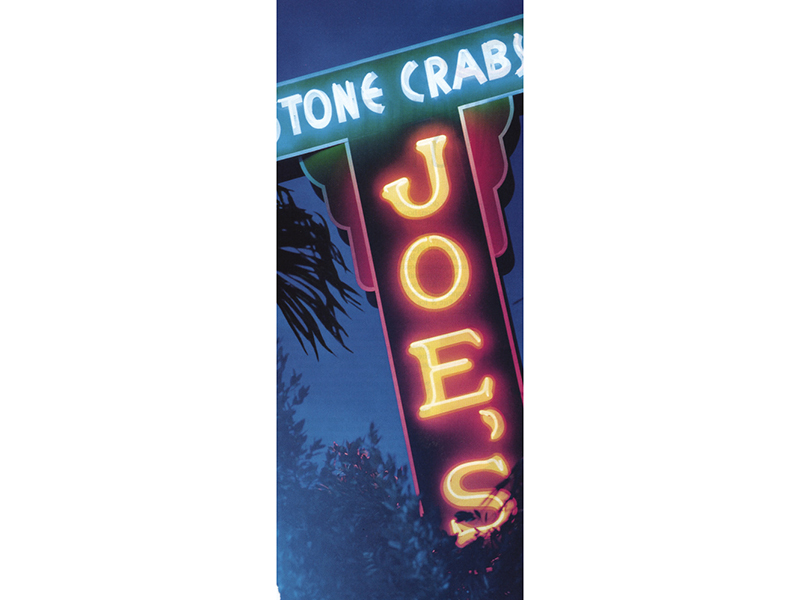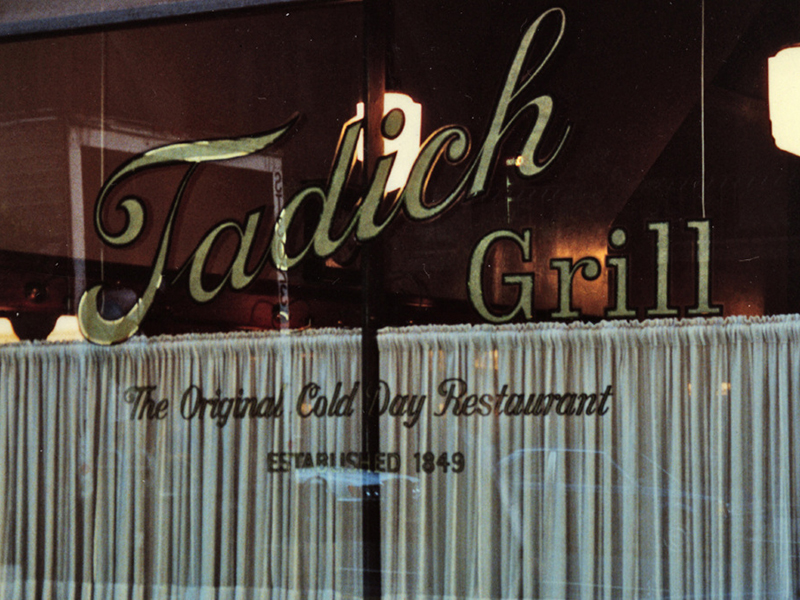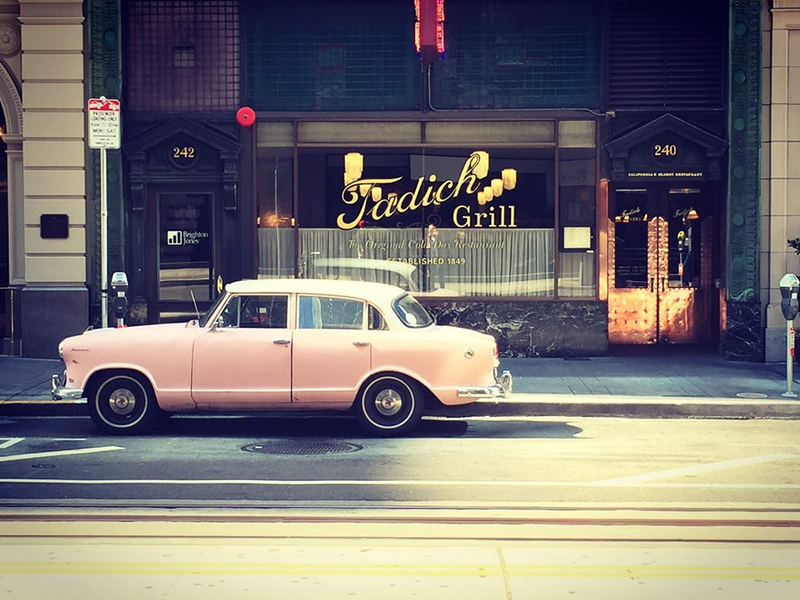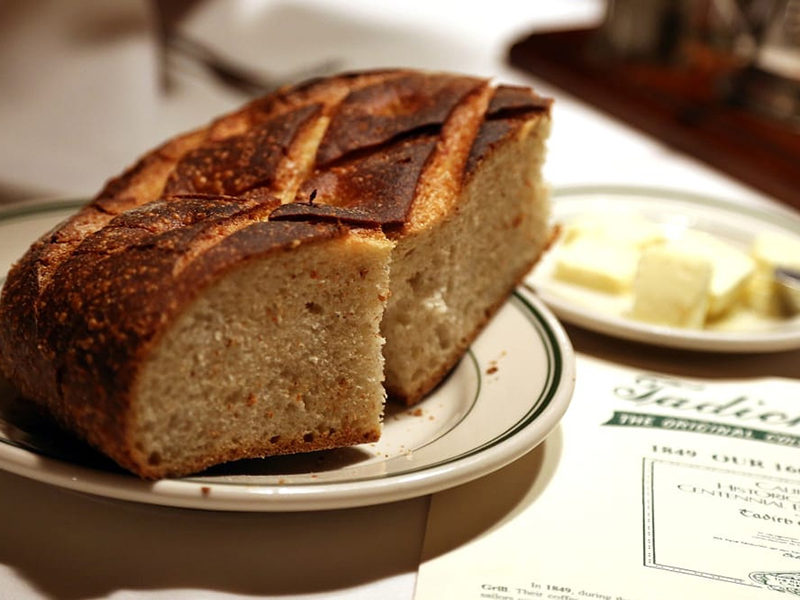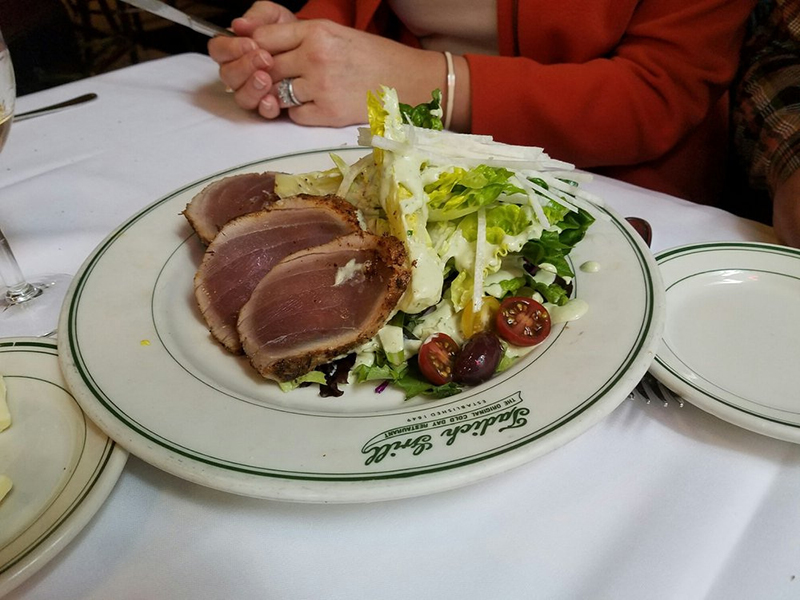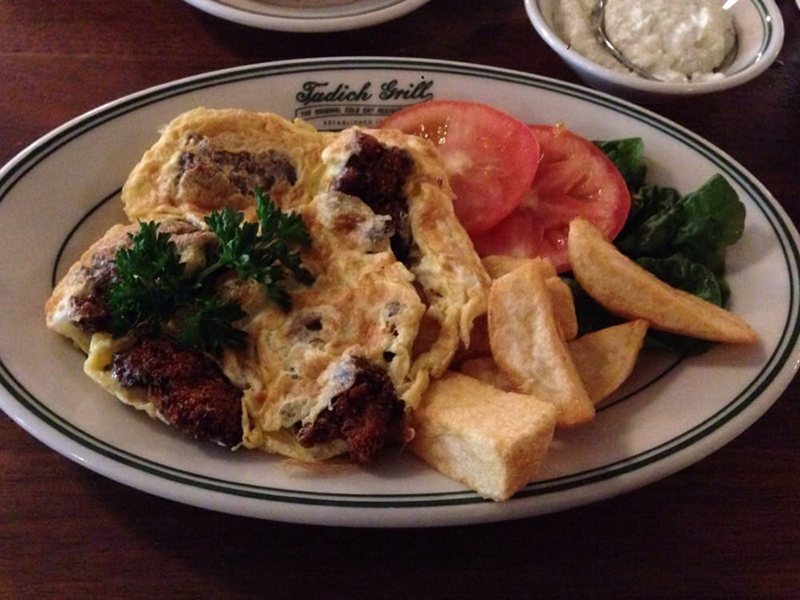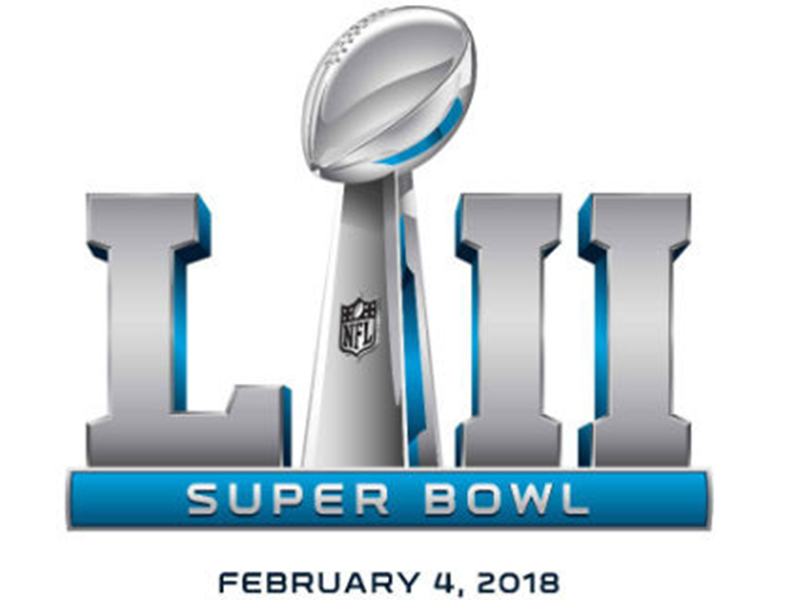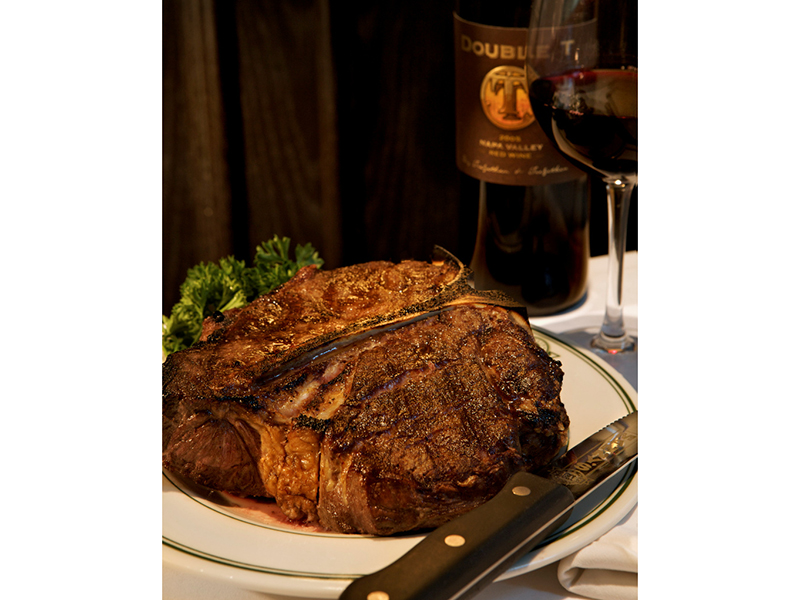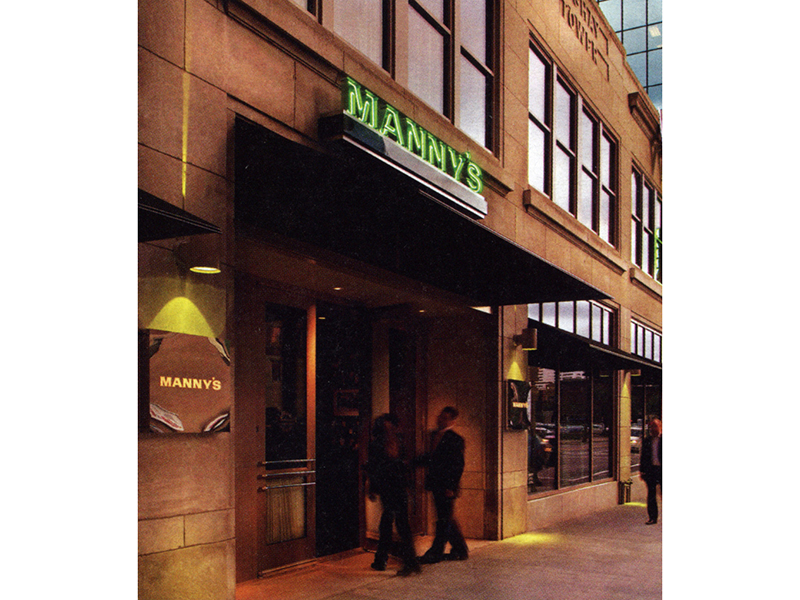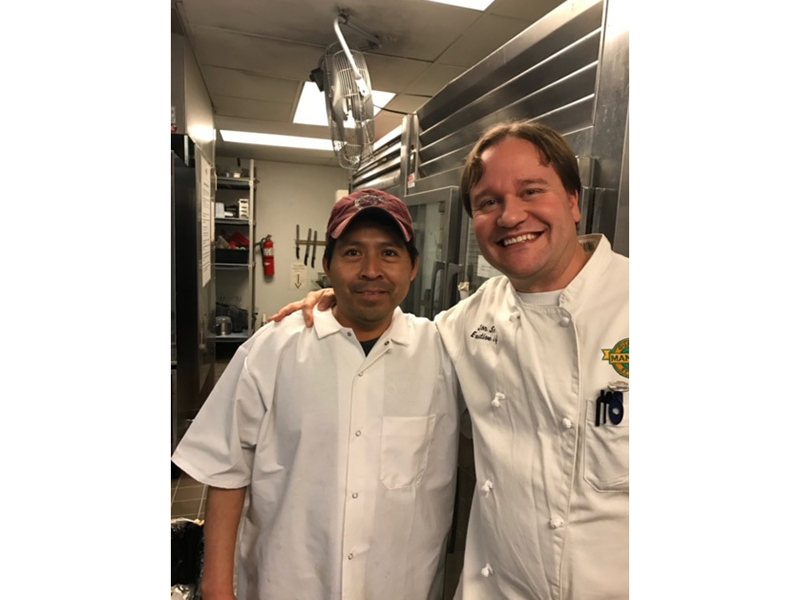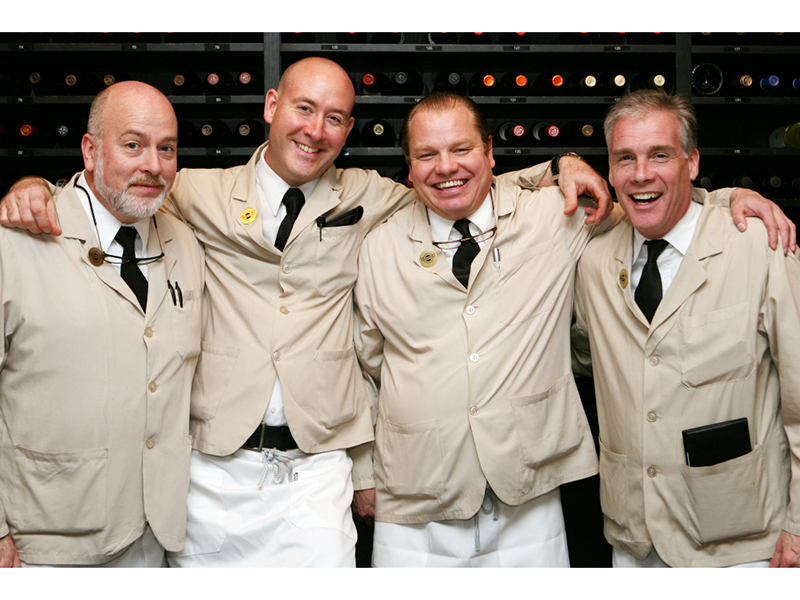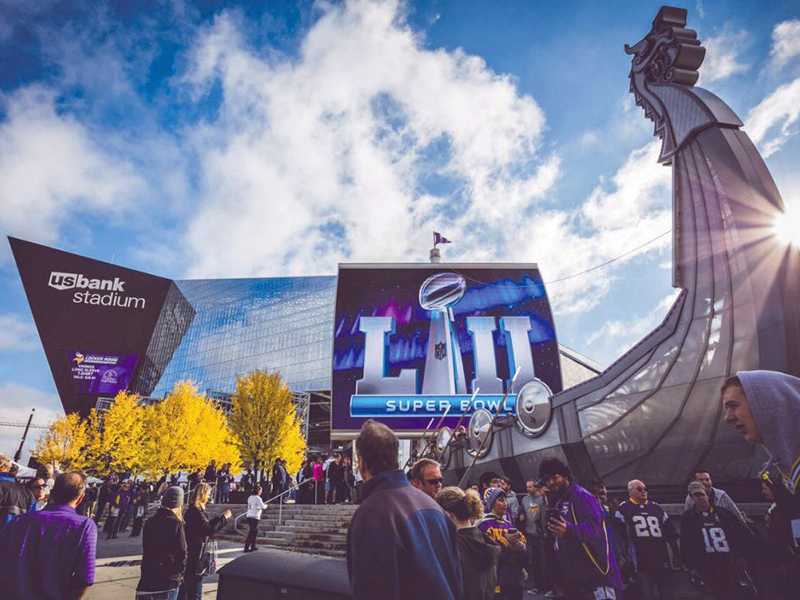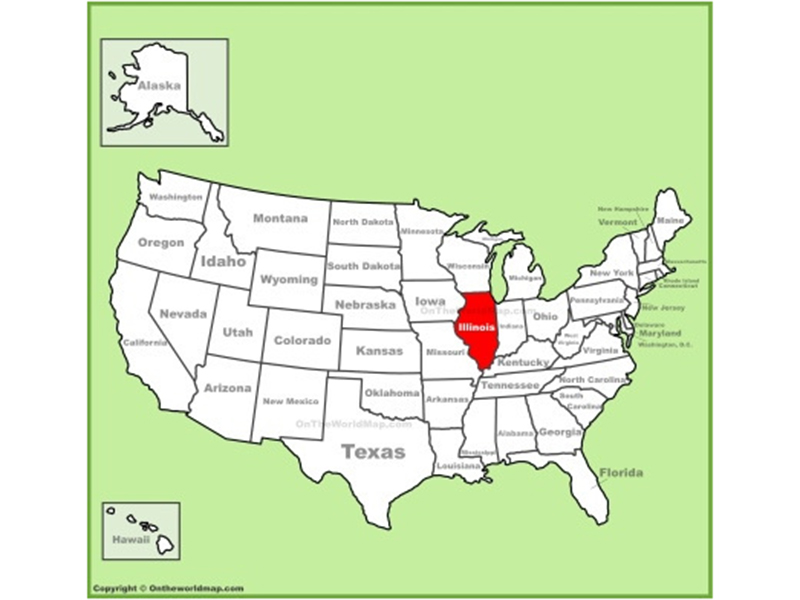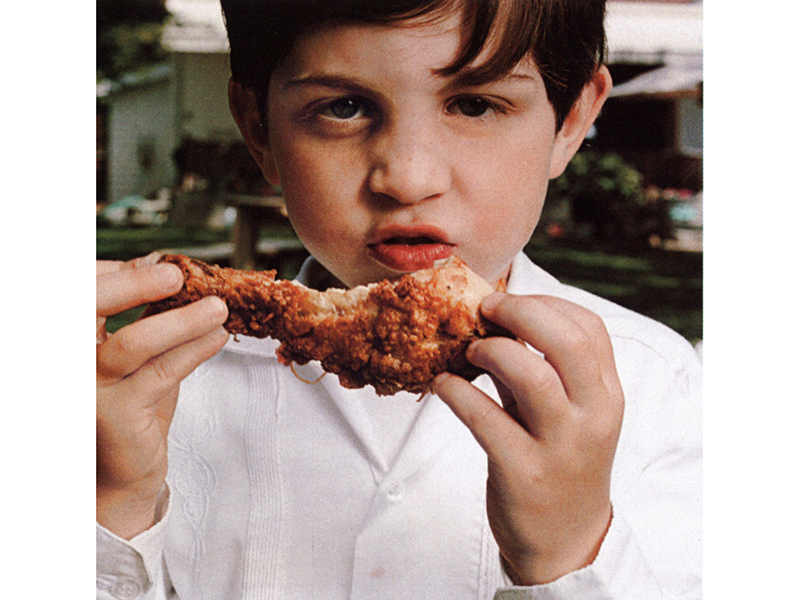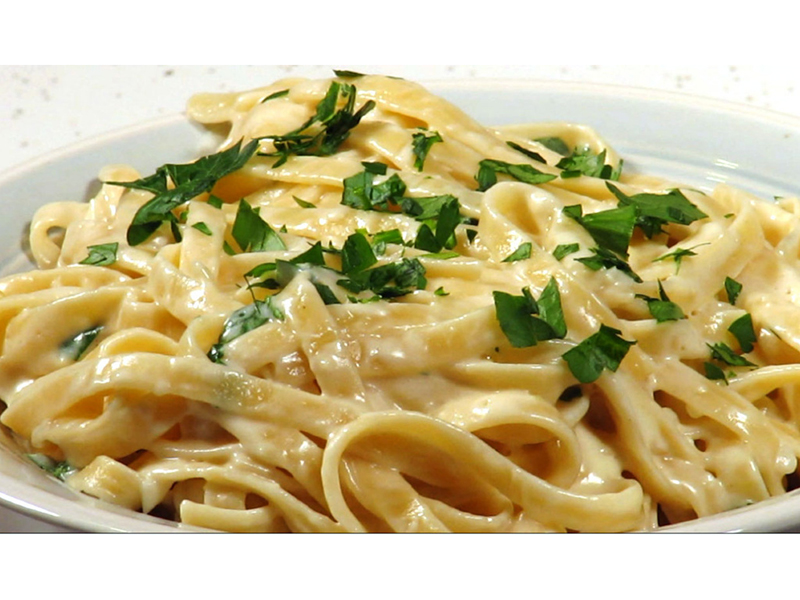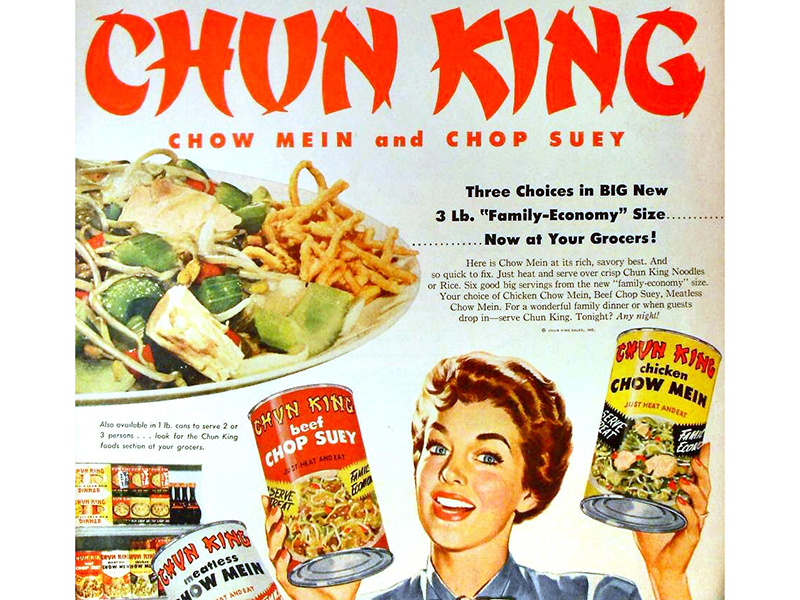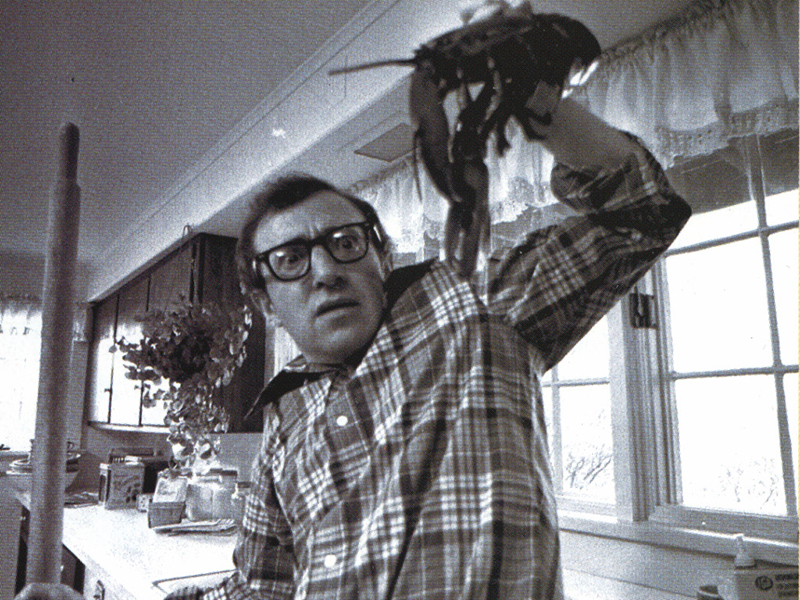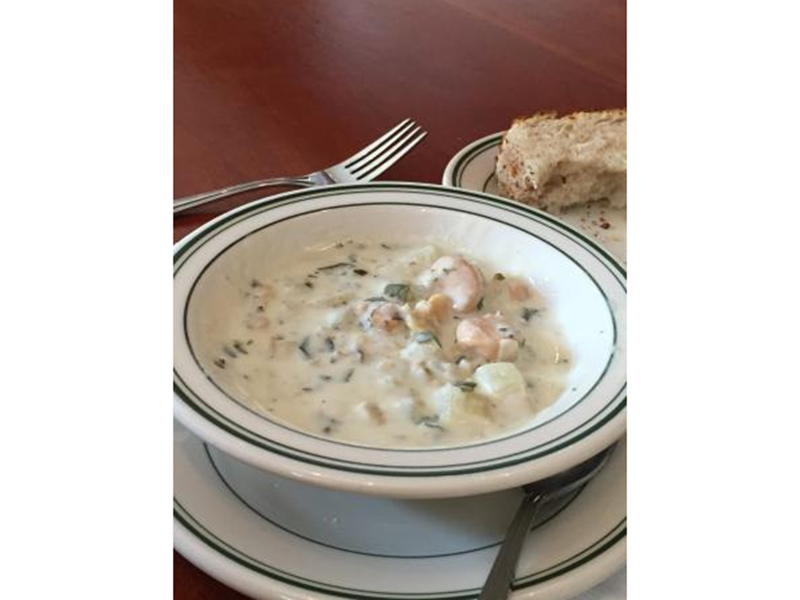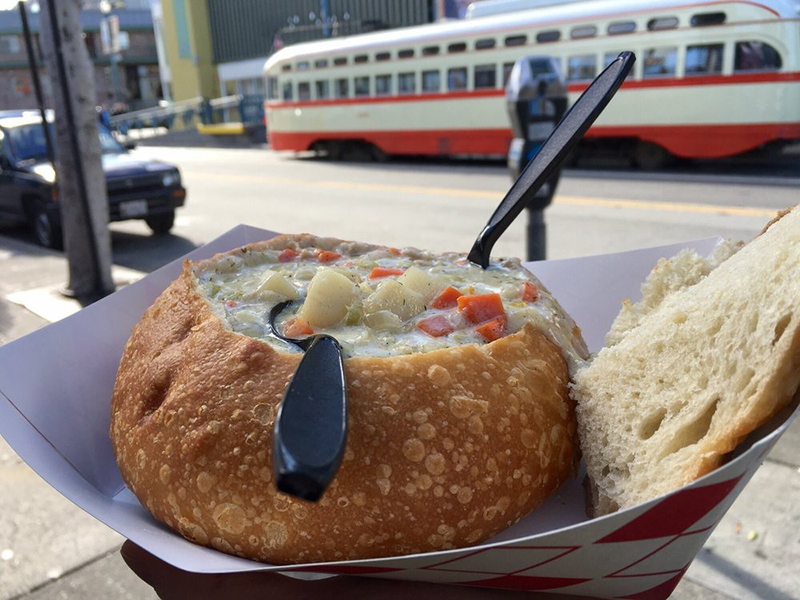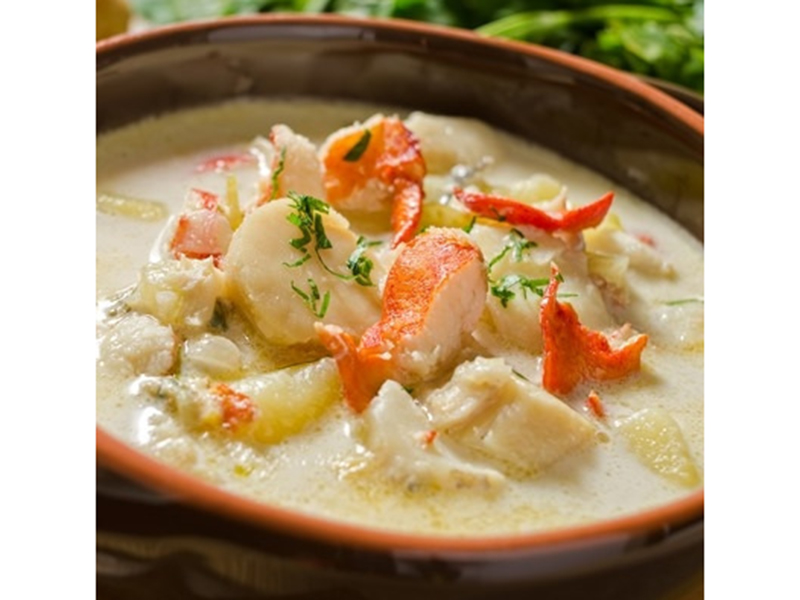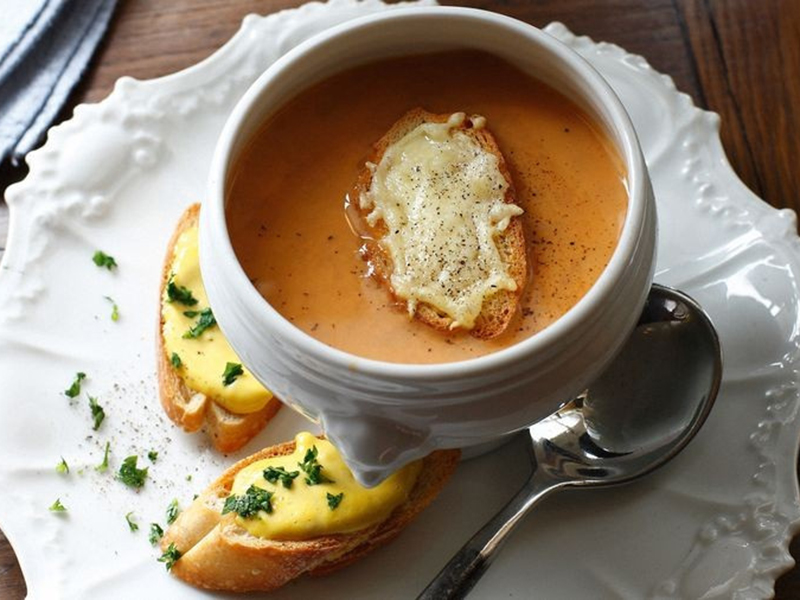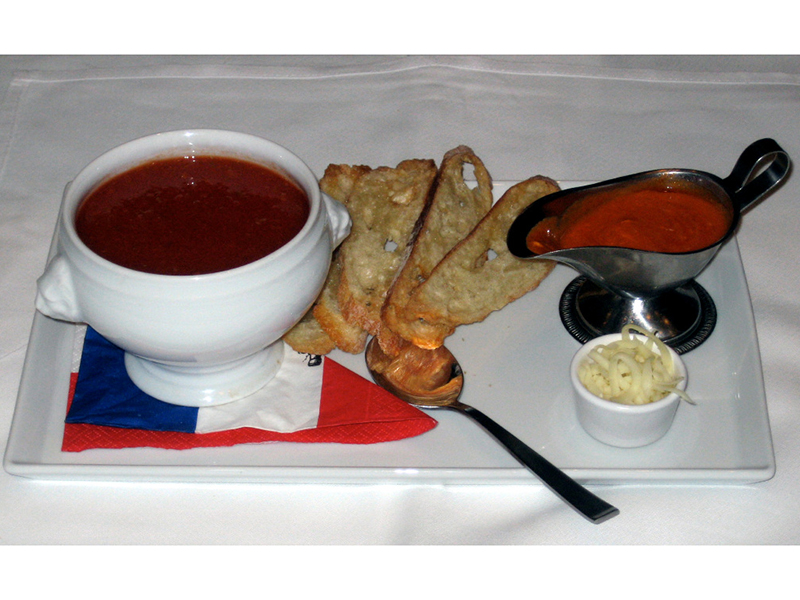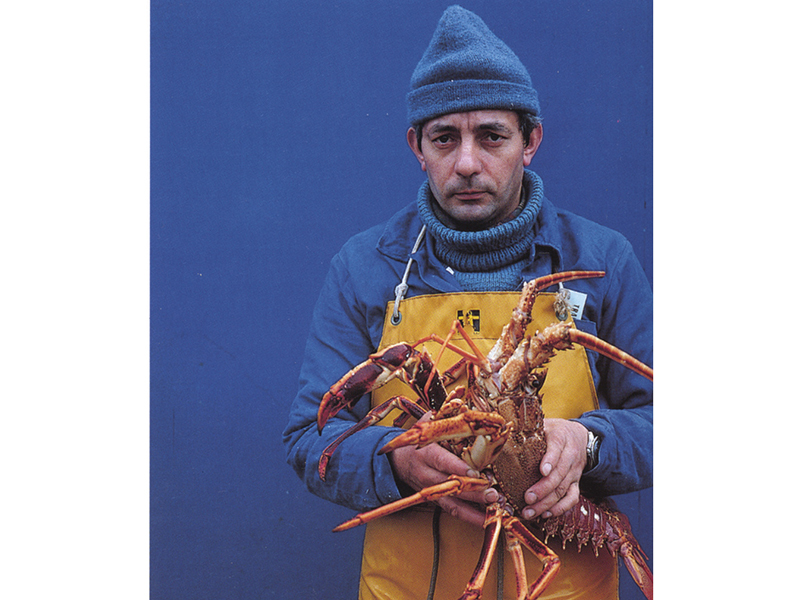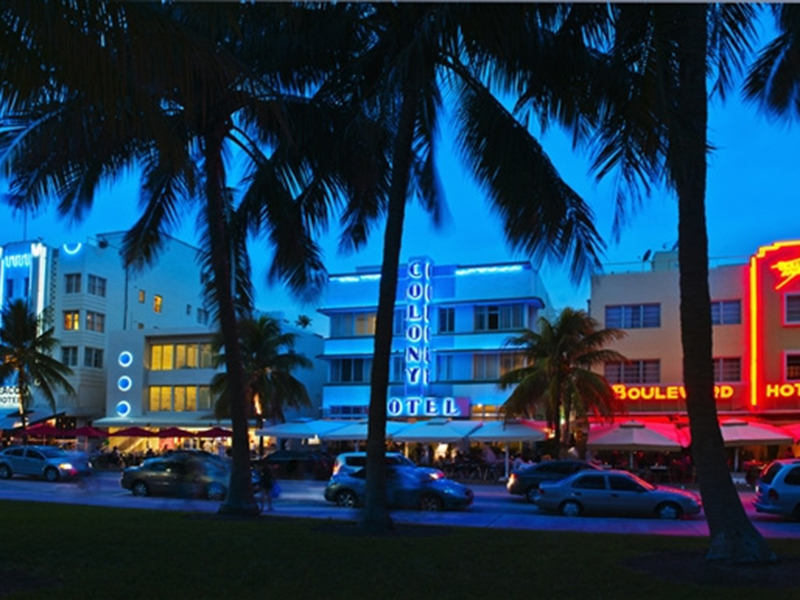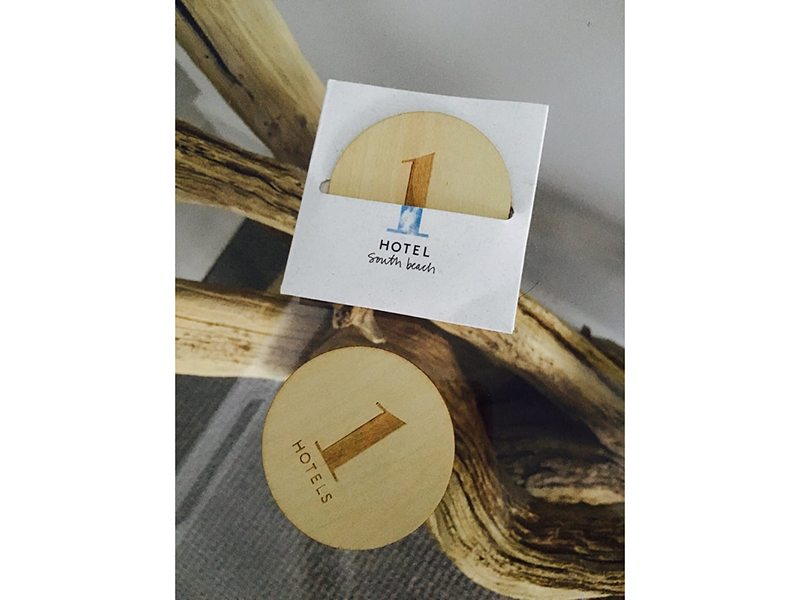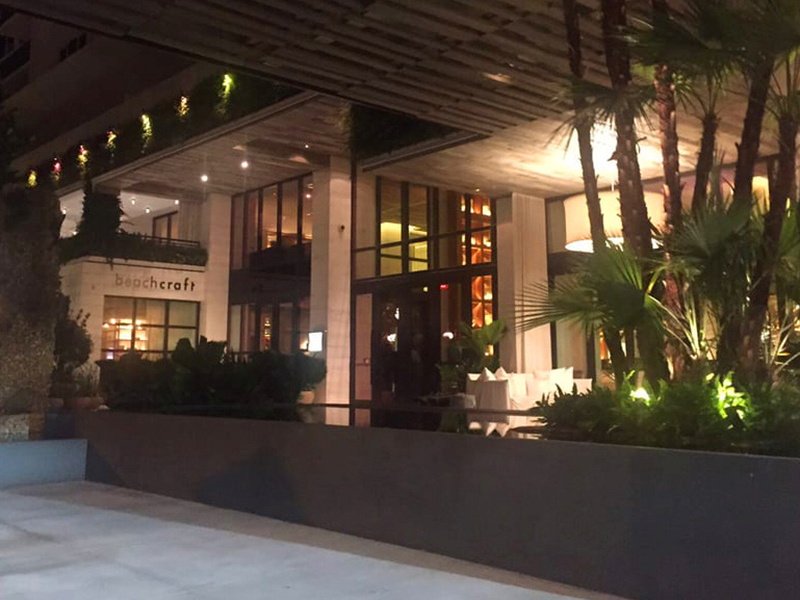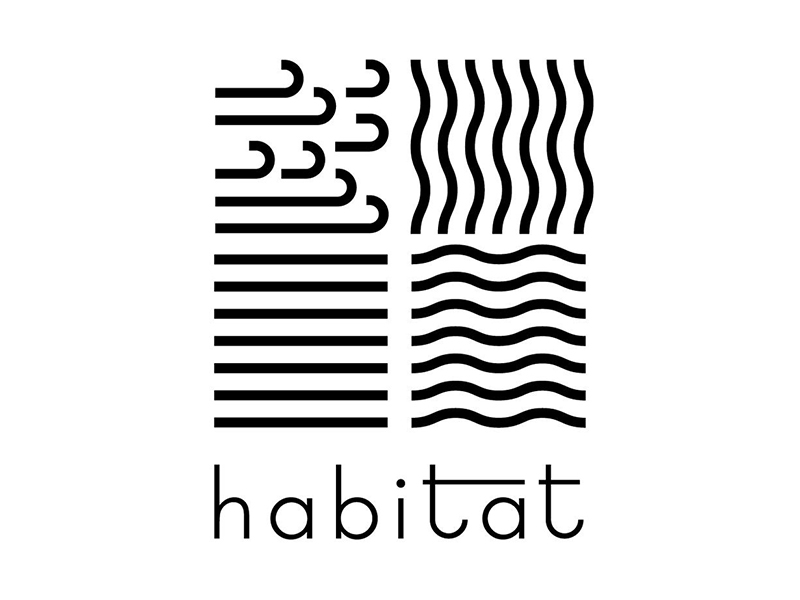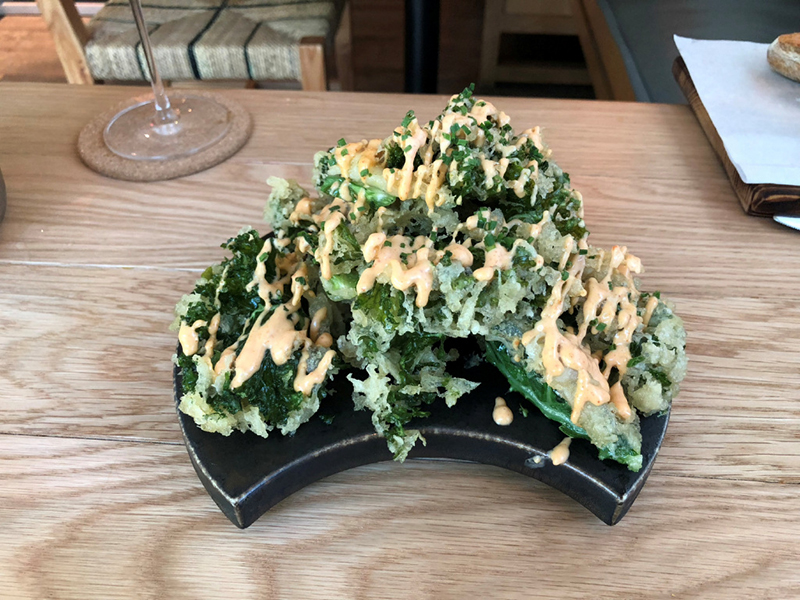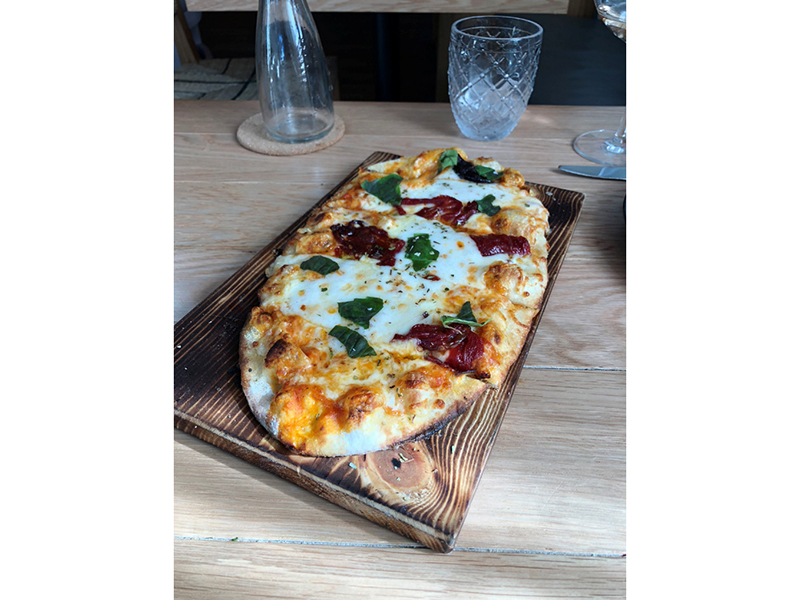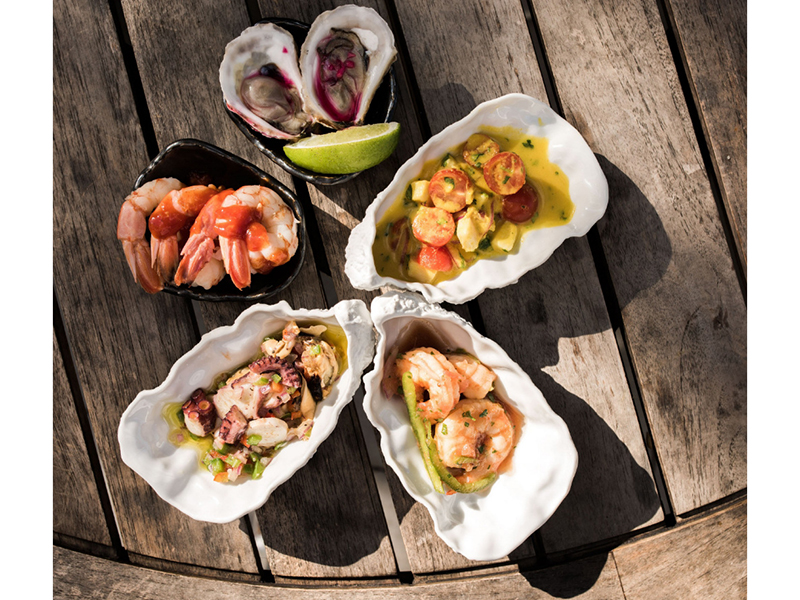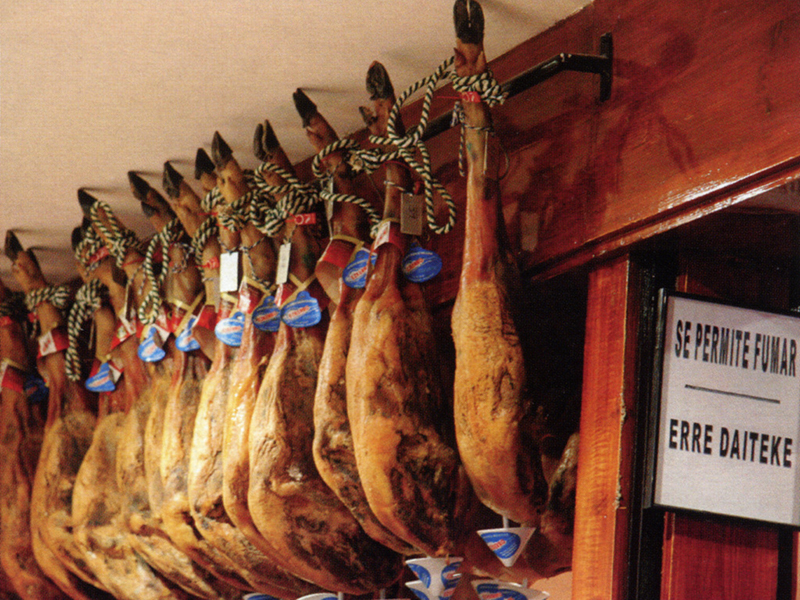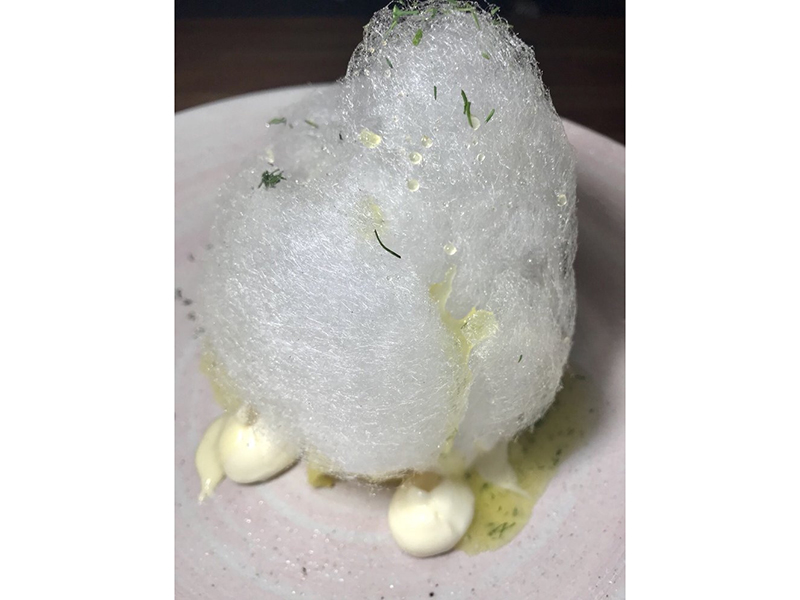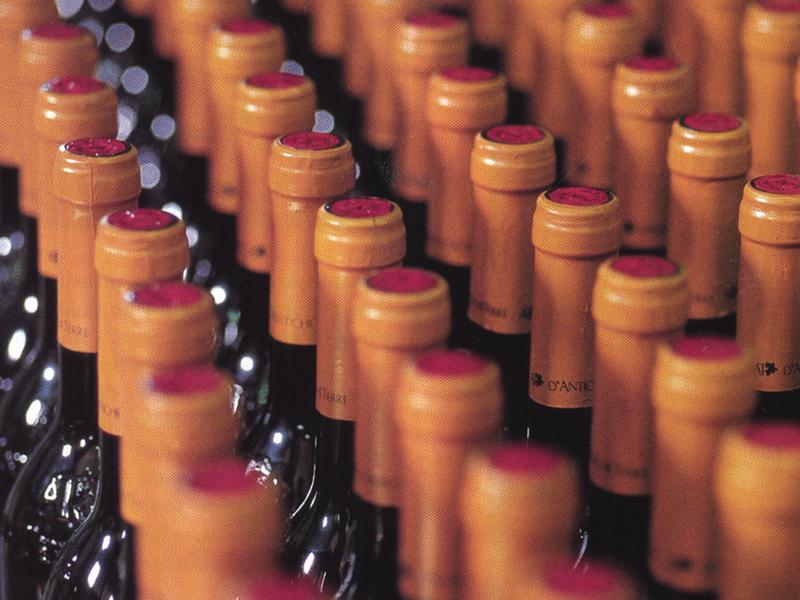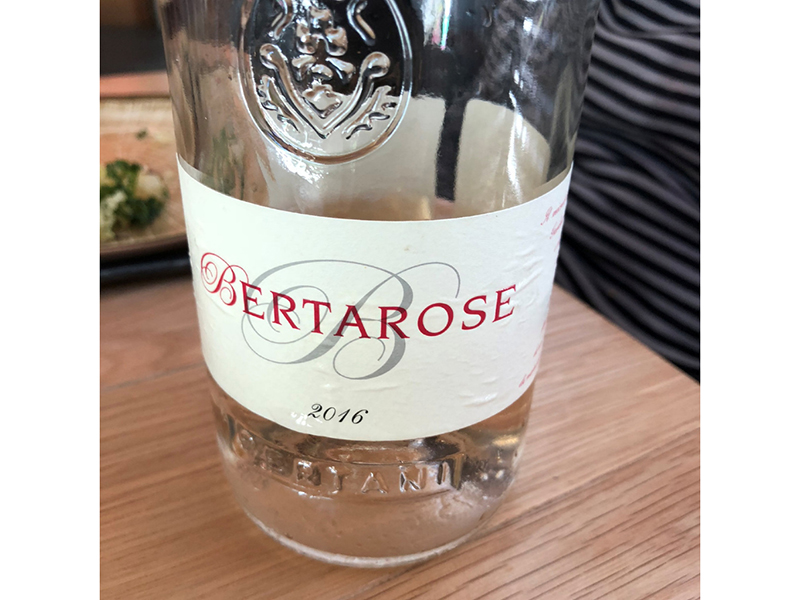Last week I posted about Reykjavik.
To you folks who’ve never given Iceland a shot: This week I’ll take a second shot at getting you to add it to your culinary bucket list.
Also, just yesterday I received a pop-up ad promoting Icelandair roundtrips from Minneapolis for three hundred-something bucks!!
Get ready…..I’m preparing to wear you down.
Today we’re going to talk about sheep. Ever since the Vikings brought them to Iceland in the 9th Century, the animals have roamed free in the pesticide-free hills and mountains for nine months of the year. Not only that, all the sheep from all of the farms co-mingle and roam freely with one another without fences. In the early fall, the ranchers mount their smallish Icelandic horses and ride up into the hills to collect their spring lambs.
This annual event is called RETTIR….. and it’s a festive time.
Because each animal wears an individual identification tag, they are easily separated and herded into large divided corrals. And because this is Iceland, strict – very strict – laws ensure that they are as pure as the icy, wind-driven snow. No antibiotics…ever. No added hormones…ever. No electric shock…ever.
The result is that these all-natural direct descendants and genetically identical animals are wonderfully flavorful and exceptionally lean. The meat is also expensive. But due to Iceland’s increased prosperity, the people seem to have a willingness to spend money on high-quality, all-natural products.
So onward to one of Joanne’s and my favorite restaurants: KOL. Situated right downtown on SKOLAVORDUSTIGOR STREET (go ahead, pronounce that) near the base of the big church called HALLGRIMSKIRJA (while you’re at it, say that out loud), KOL is definitely meat-centric. But its seafood is not to be missed either. Just be prepared. While not weird or off-putting, it may challenge picky eaters.
If there are two of you, have your concierge book table # 91 by the window.
Artful cocktails are “master-crafted,” many with theatrical flaming garnishes.
The dense, dark, moist, chewy bread was cleverly paired with whipped Nutmeg Butter.
Check out the colorful and beautifully composed beet salad that Joanne loved. I opted for a starter of Langoustines, prepared with dill-marinated apples, fennel, bacon-date puree and citrus velouté.
The table next to ours shared an appetizer served in a jaw-dropping, family-style vessel laden with what must have been the best and freshest offerings from Iceland’s surrounding waters.
But now…. back to the sheep…..
Lamb comes half a dozen ways. I really loved the deeply flavored Char-Grilled Lamb Sirloin. And get this – it was paired with an unexpected counterpoint of Blueberry Polenta, 20-month aged Tindur cheese, celeriac, shallot esabeche and a nutty praline.
KOL touts that their custom charcoal grill/oven rises to 350 degrees centigrade. I’m not certain a charcoal oven can reach that temperature. By my calculation, that would be over 2000 degrees Fahrenheit, but maybe I’m wrong.
I was absolutely RIGHT, however, to order the lamb that comes off that grill. It’s fired over a ton of herbs – mostly rosemary, I think – and the process unlocks an earthiness that reflects that lambs’ free-range diet. Next time, I must get what Joanne ordered: the Smoked Haddock (Finnin Haddie) with braised leeks and a poached duck egg. Soooo rich, and soooo good!
So many dishes, so little time.
The Braised Ox Brisket with Couscous and Buttery Mashed Potatoes & Gravy was tempting on the chilly autumn evening we were there. The local Icelandic Duck Confit with glazed red cabbage, red pearl couscous, roasted carrots and cashews also beckoned.
A block of soft, ivory-white cod, pan-seared and poached in what must have been a pound of butter – and the duck fat fries that accompanied it – would certainly be a sure-fire express ticket to heaven.
Joanne and I shared what was billed as the Chef’s Choice dessert plate. I’m not at all sure what was on the platter, but the Cassis Ice Cream, made from locally grown black currant berries, was narcotic.
So what’s to say?
Well, if you’re a food nut like me, you’re going to marvel at the VIVID and UNEXPECTED flavors and combinations of Reykjavik’s restaurants. For the adventurous culinarian, this is virgin territory, unlike any other part of the world. And it’s especially interesting to me that Iceland was, not long ago, a culinarily challenged country. Thank God for the New Nordic Cuisine revolution, which has transformed the country into a multi-starred dining destination, always punching above its weight.
Folks, I’m not messing around here. I know what I’m talking about. And if your “dining curiosity IQ” is anywhere above room temperature, you NEED TO GO TO ICELAND!
The only downside to Icelandic eating: It’s hard to chew when you’re smiling all the time.
WTF,
Phil




